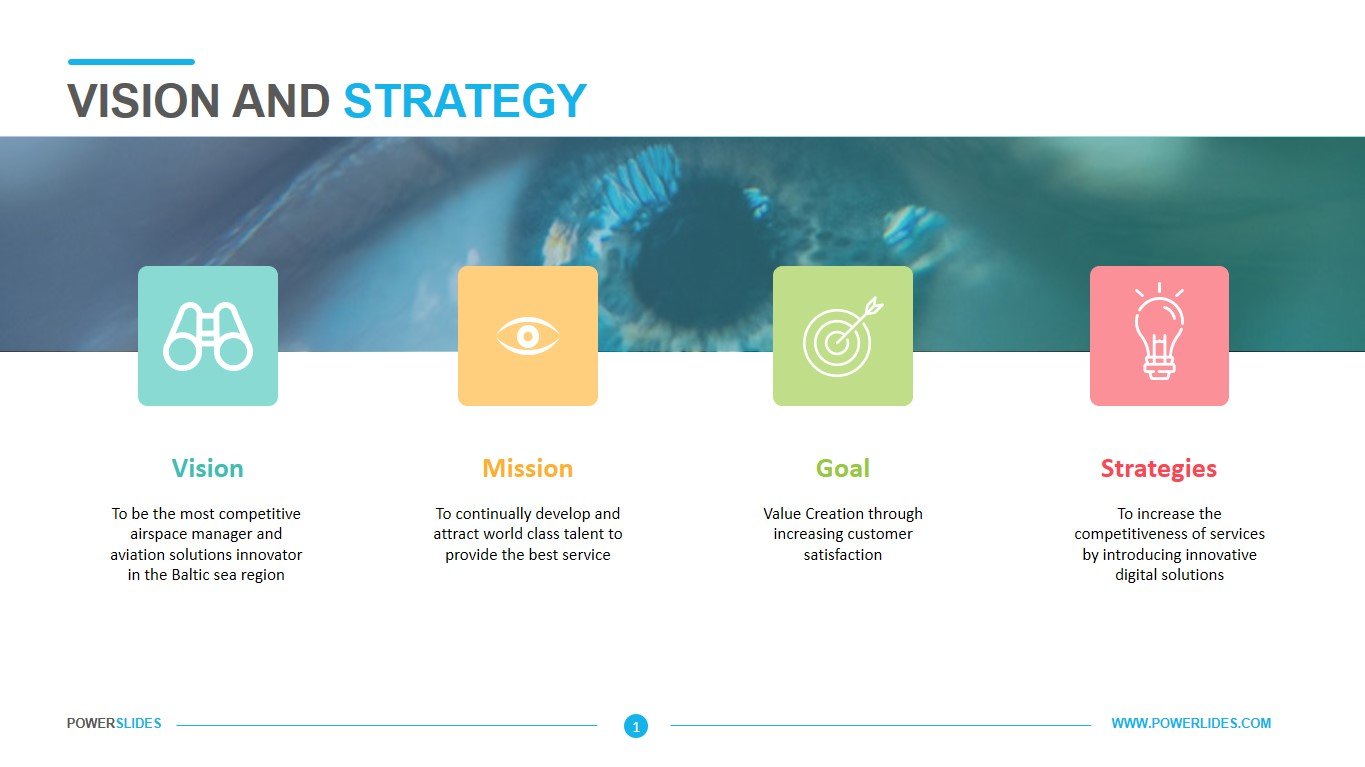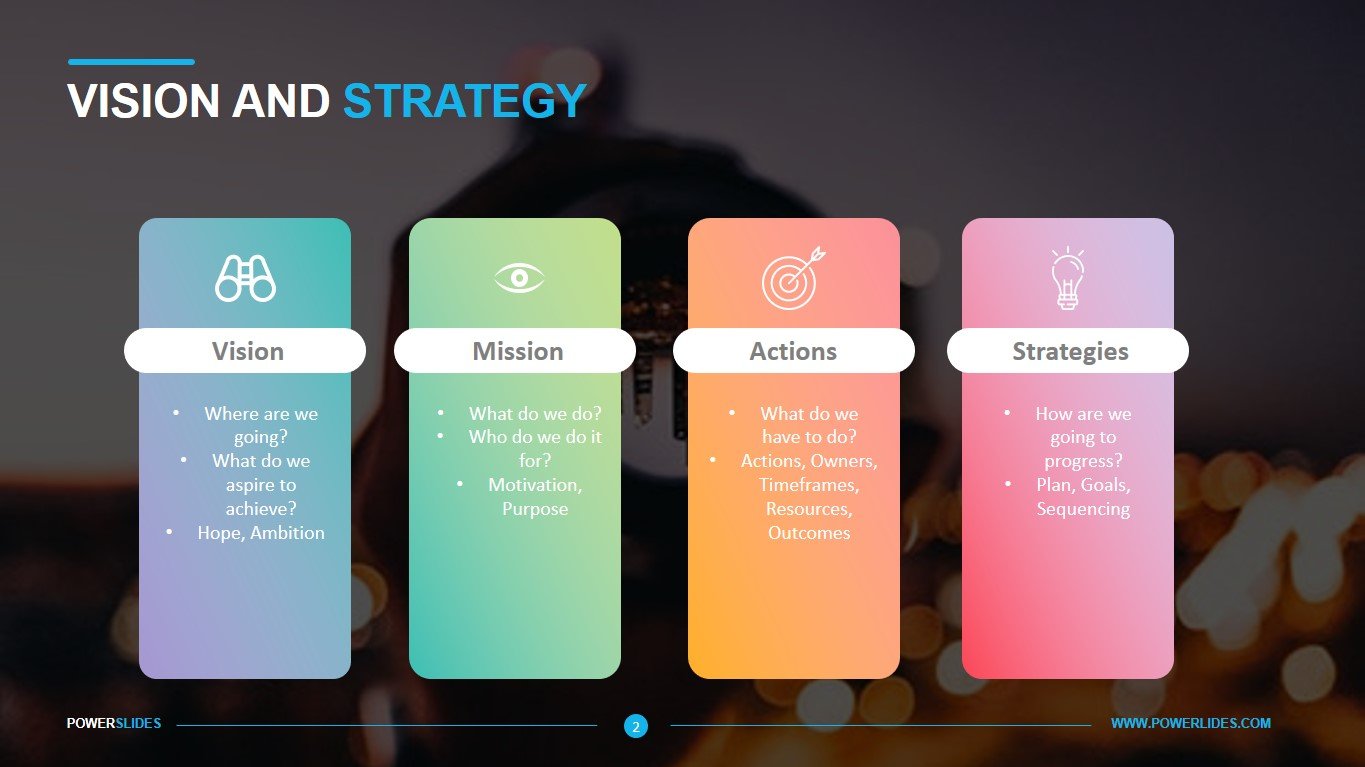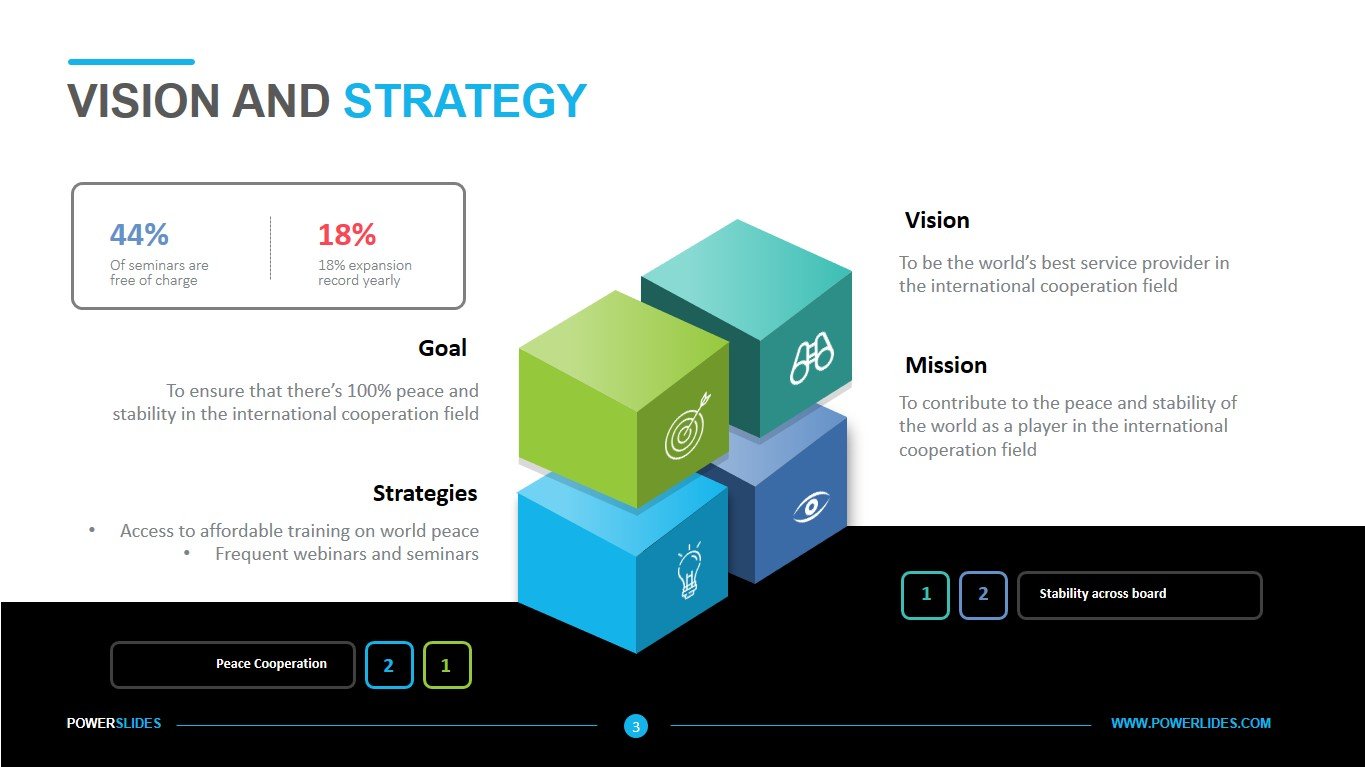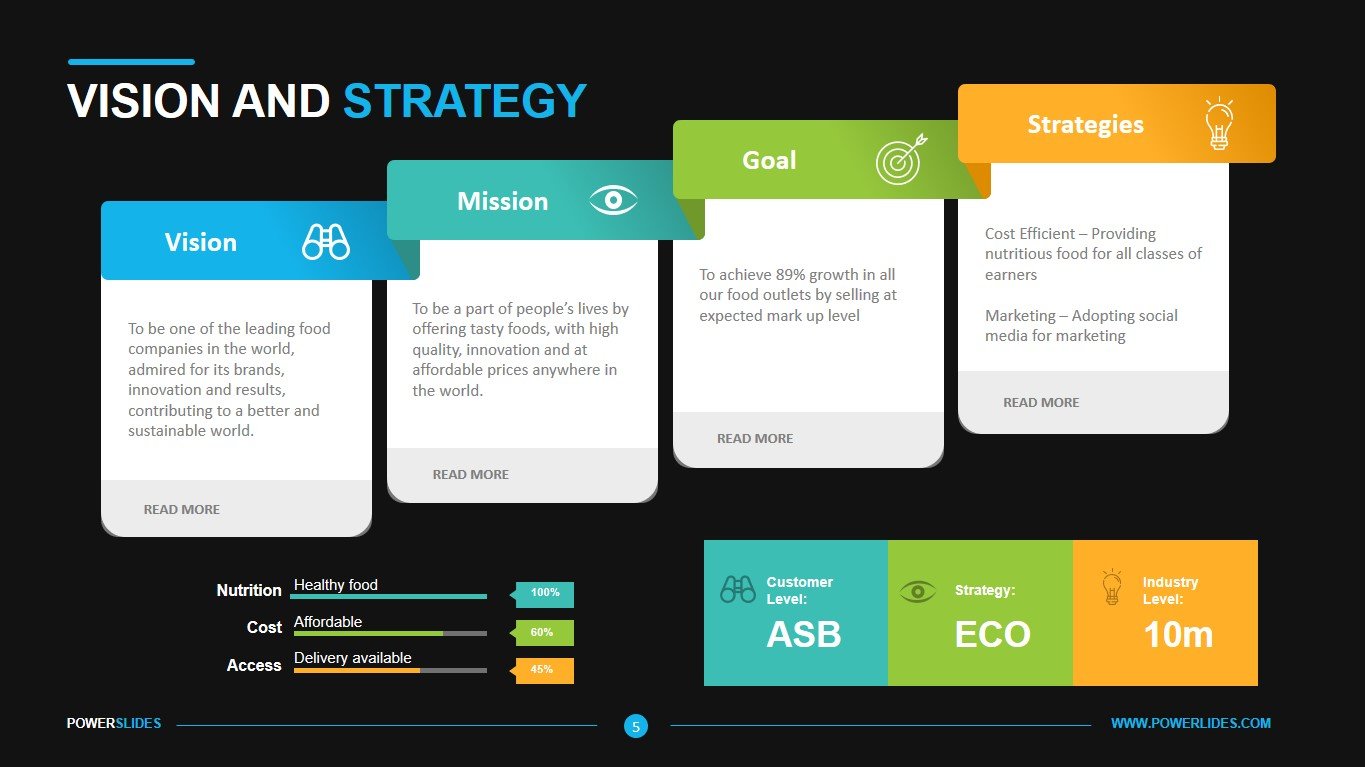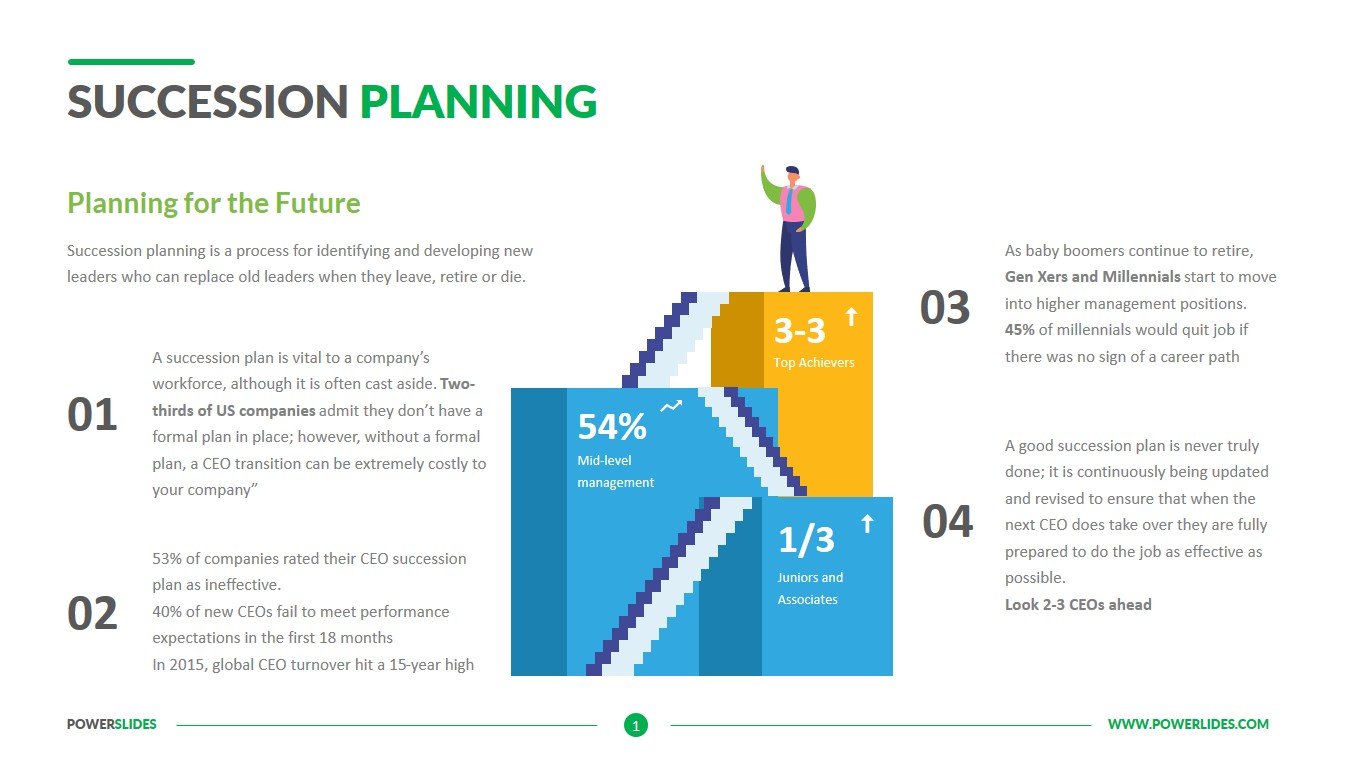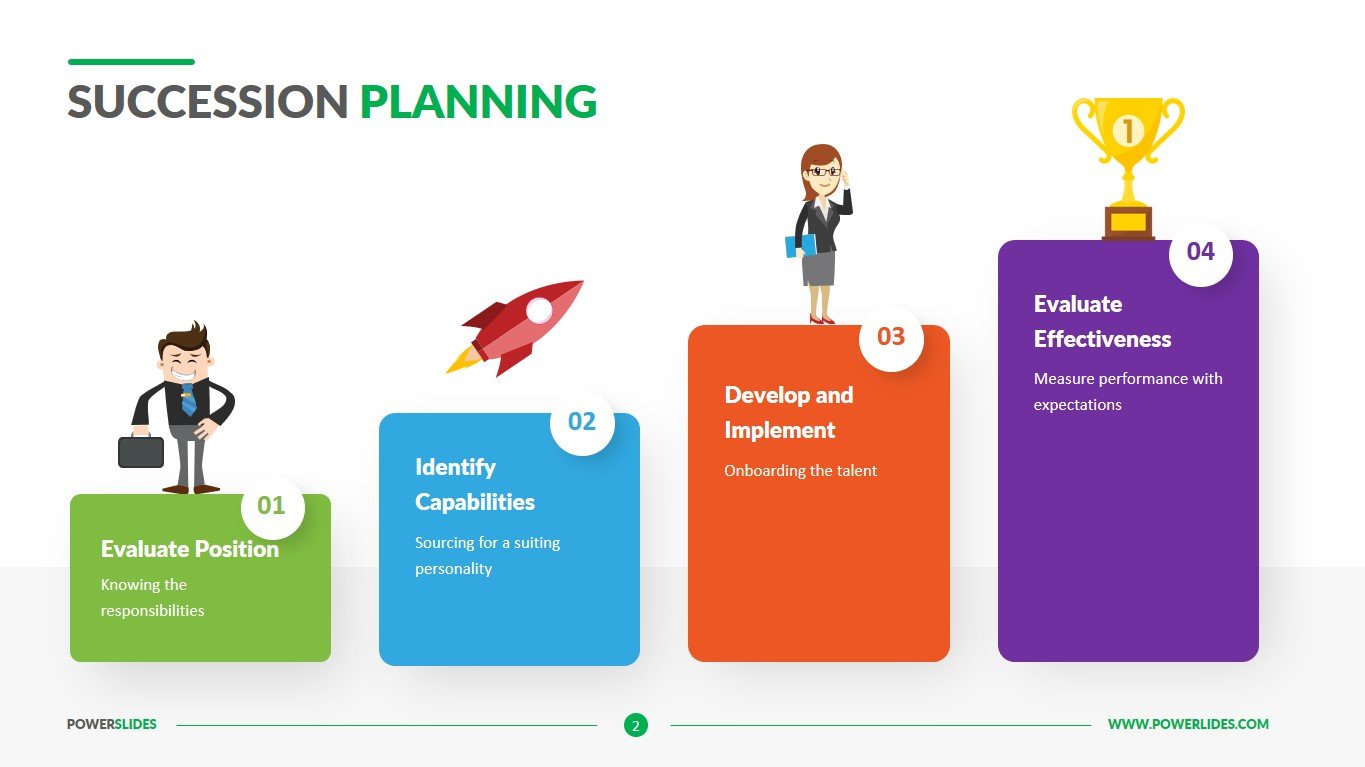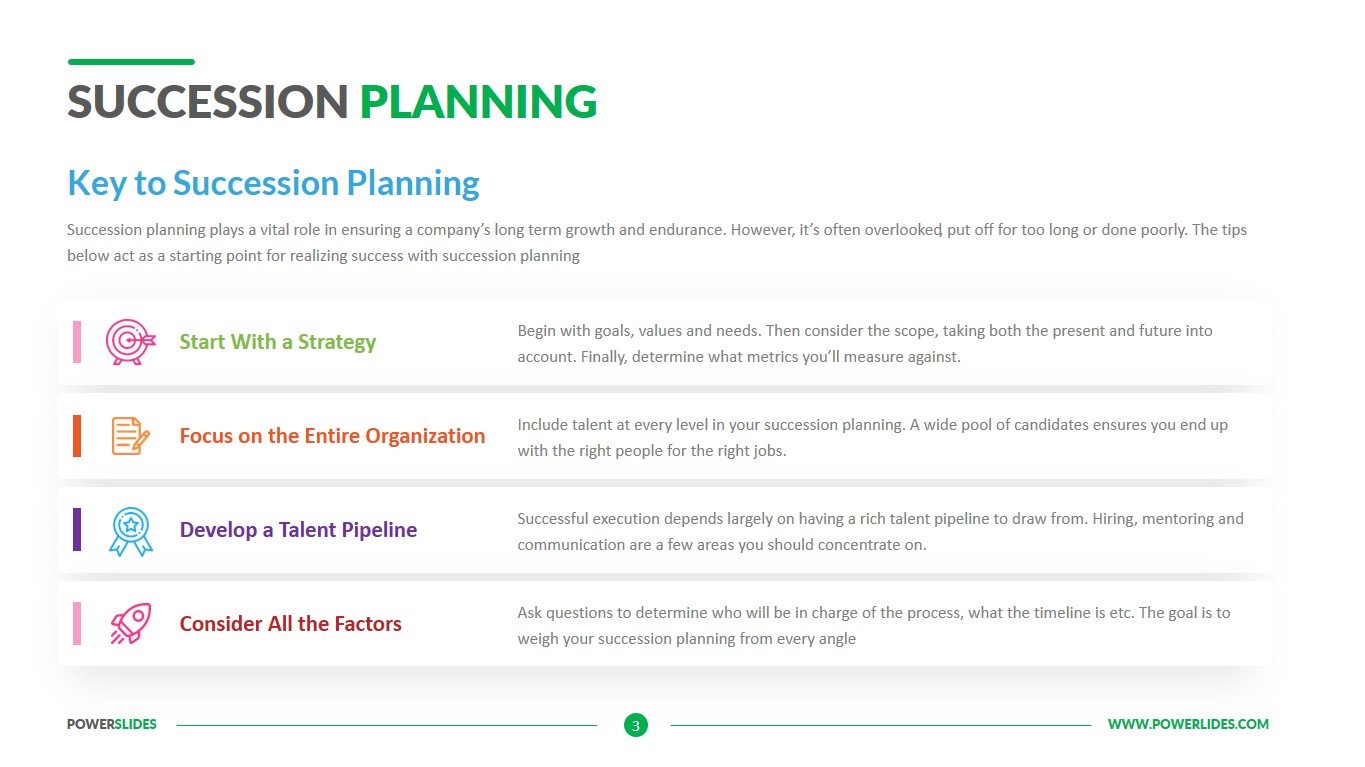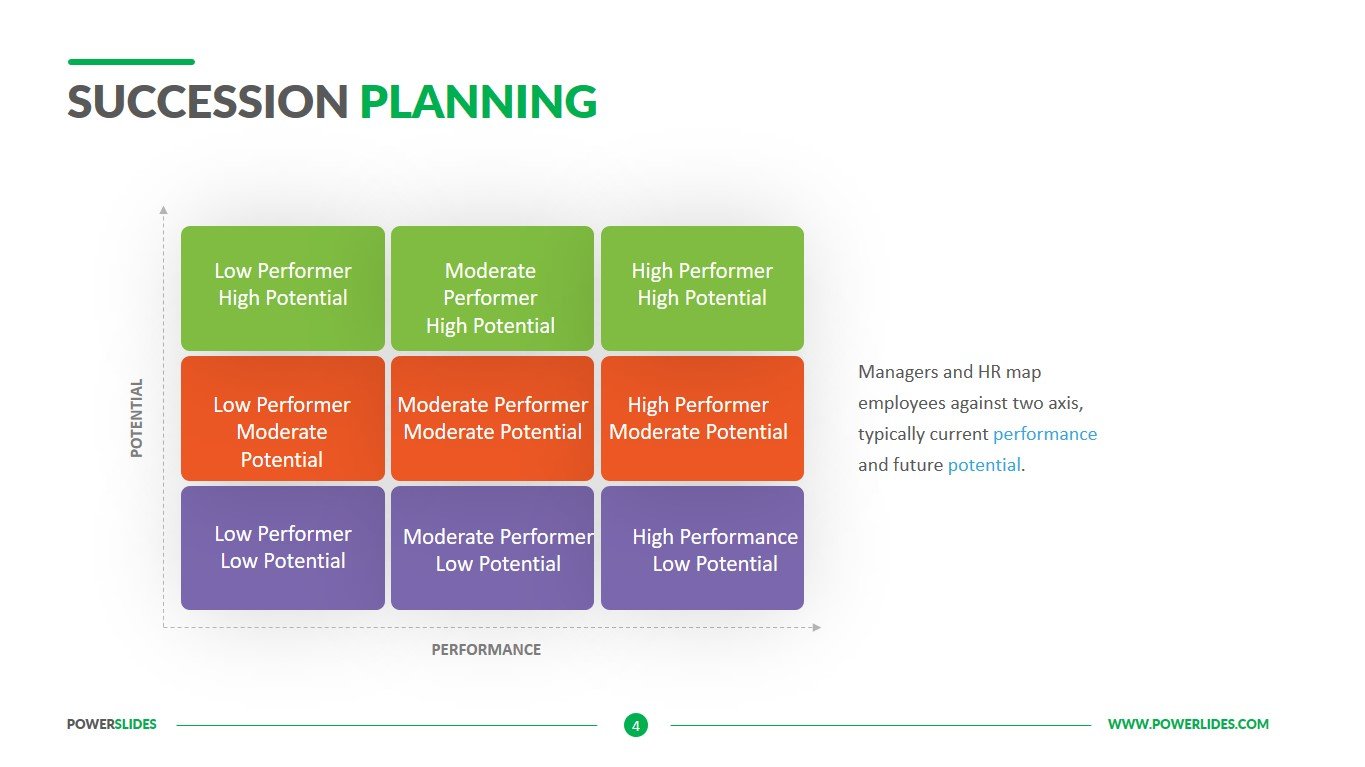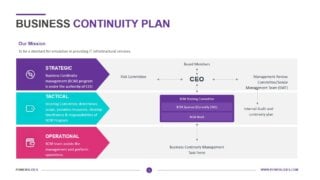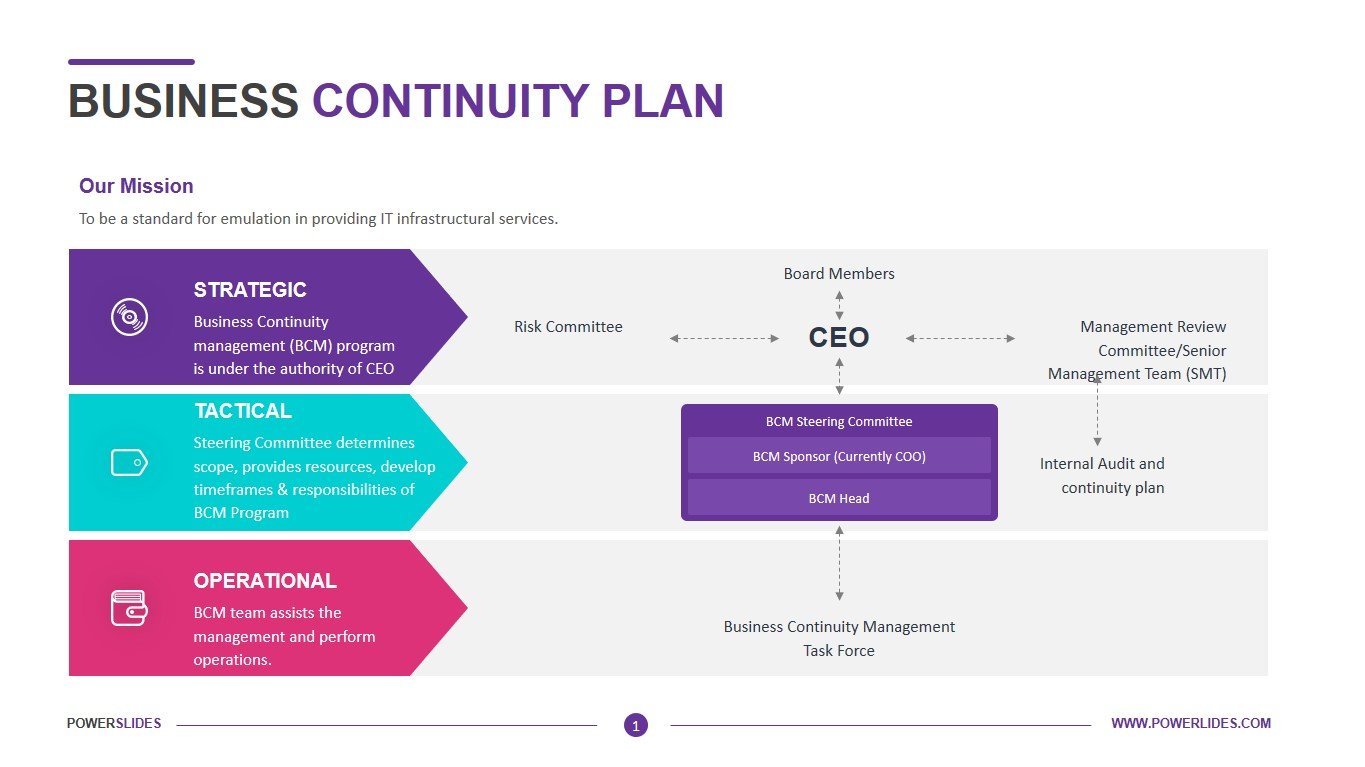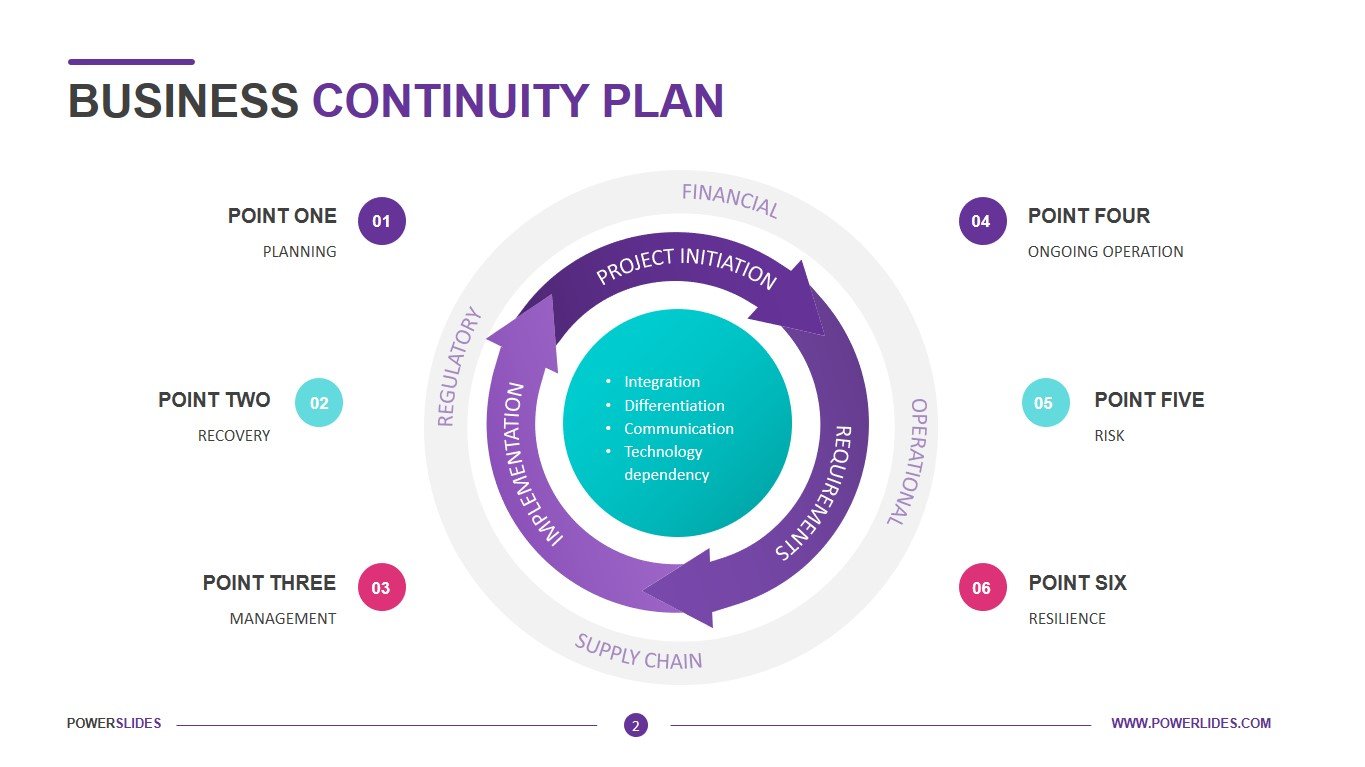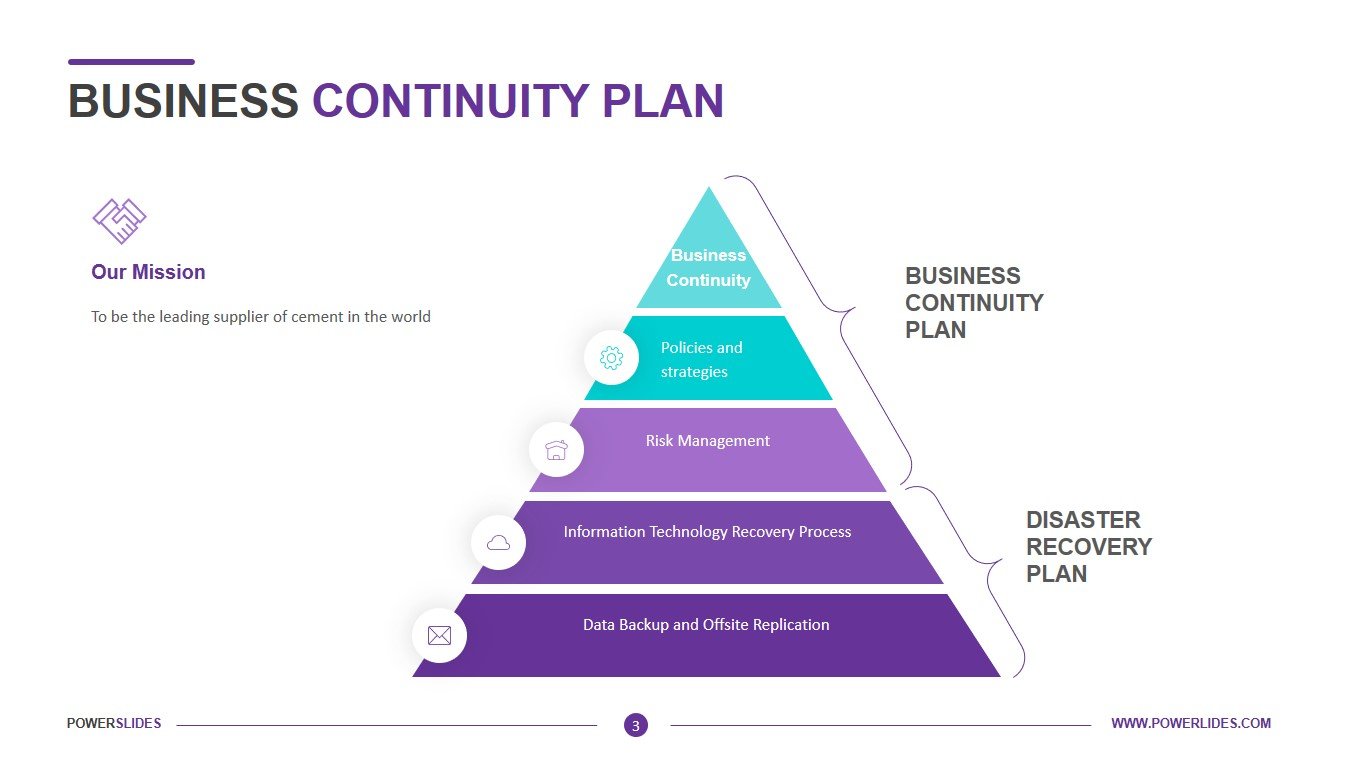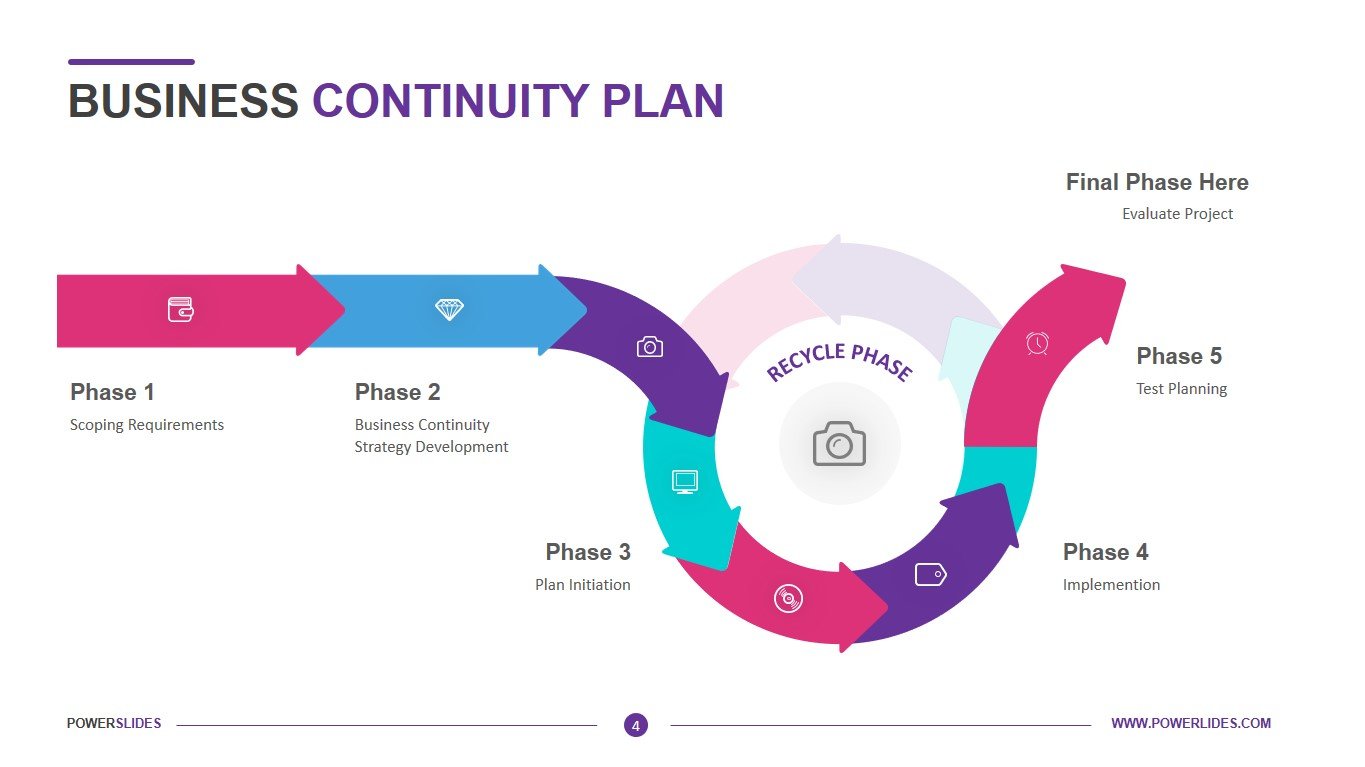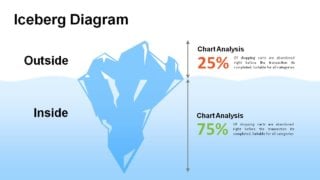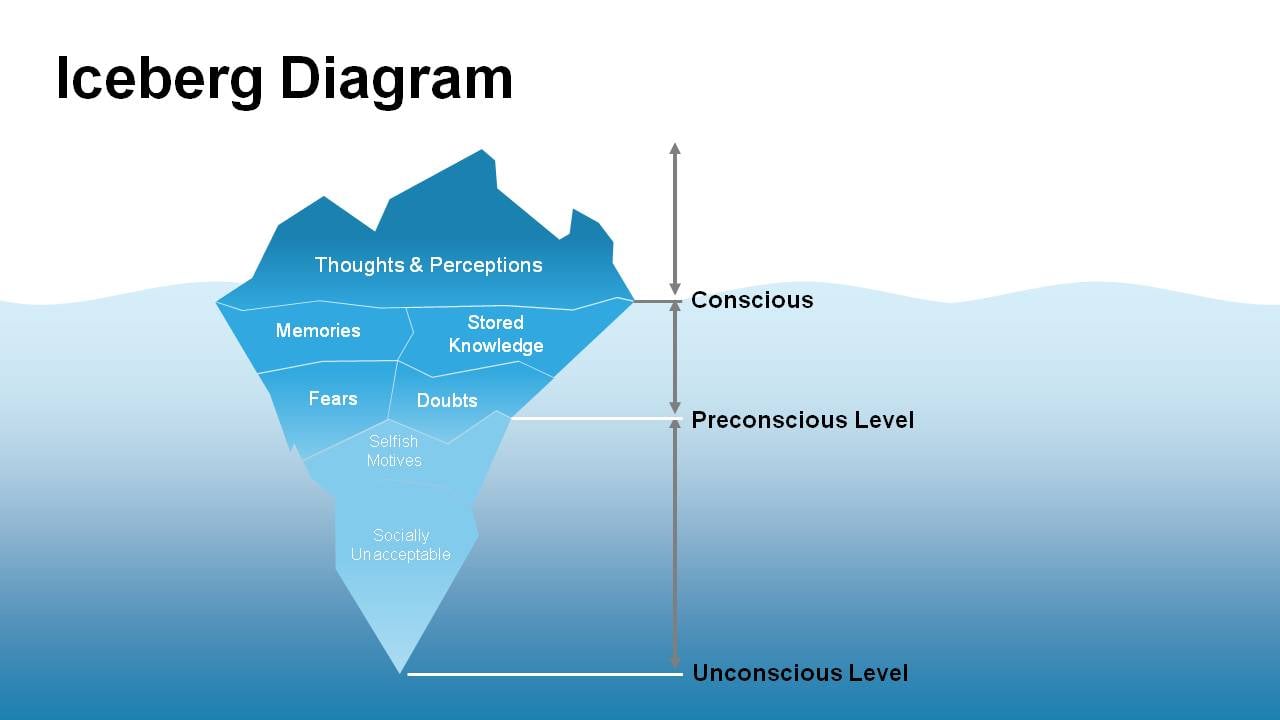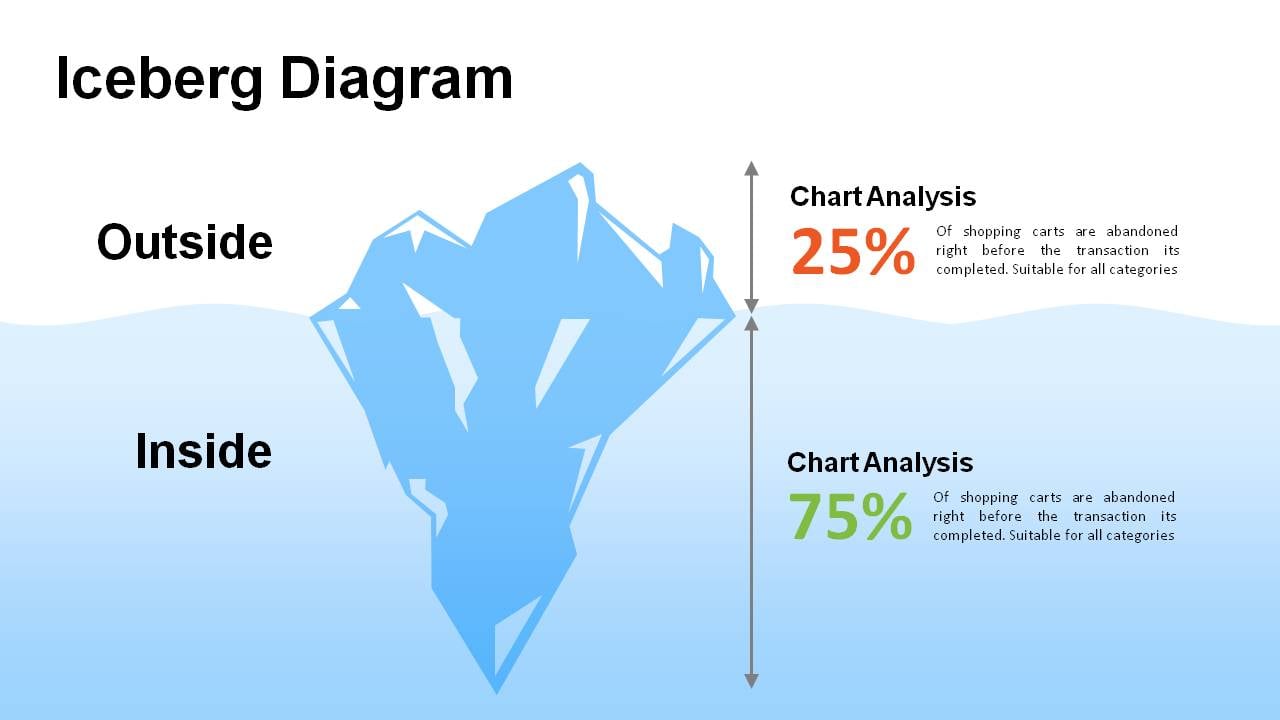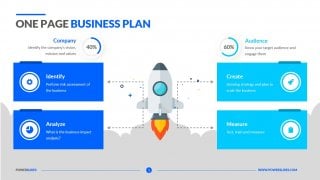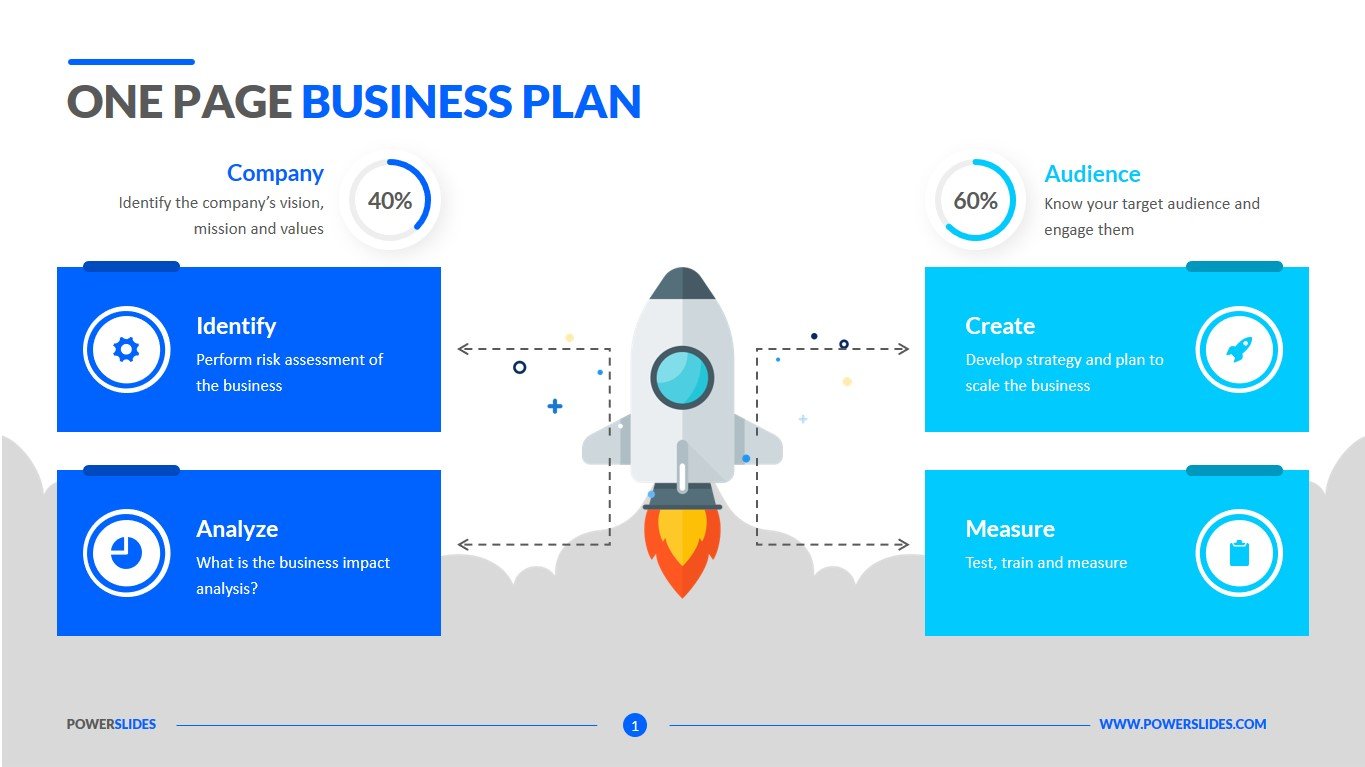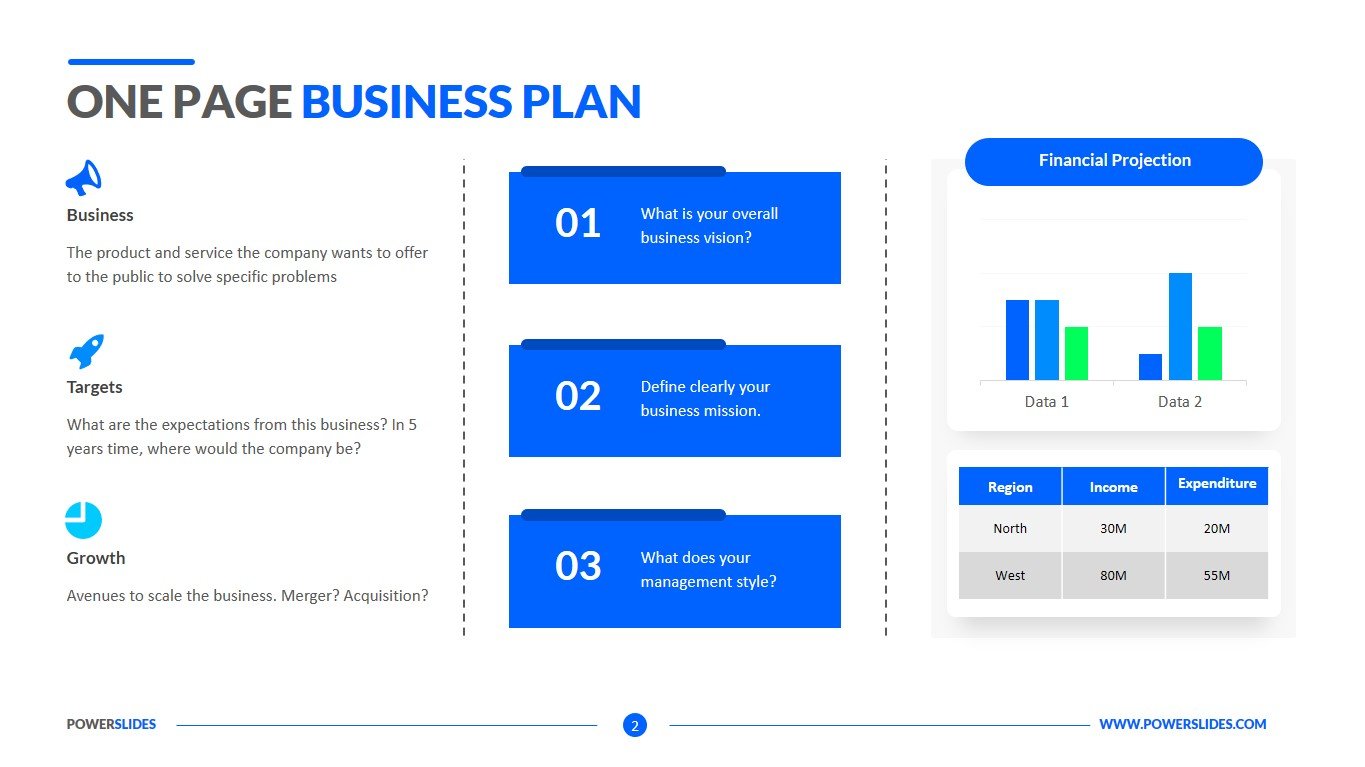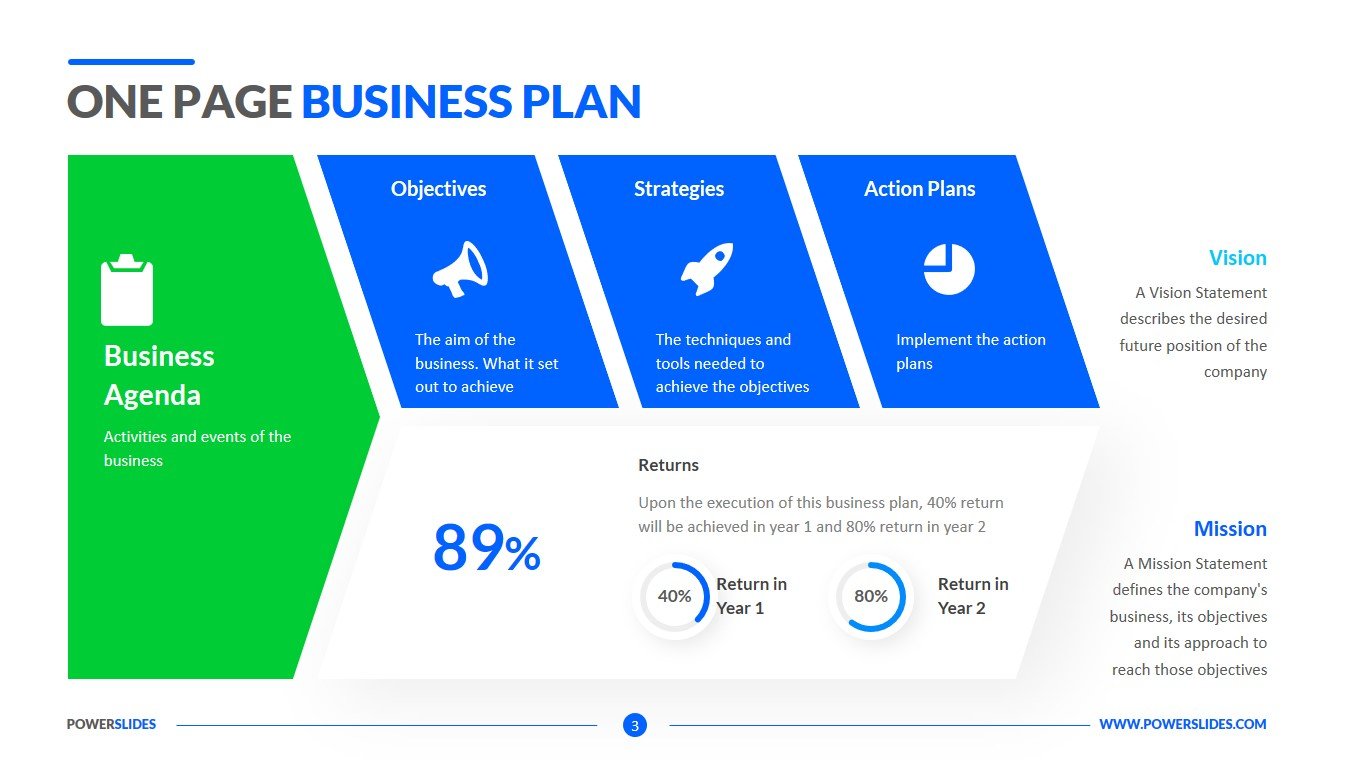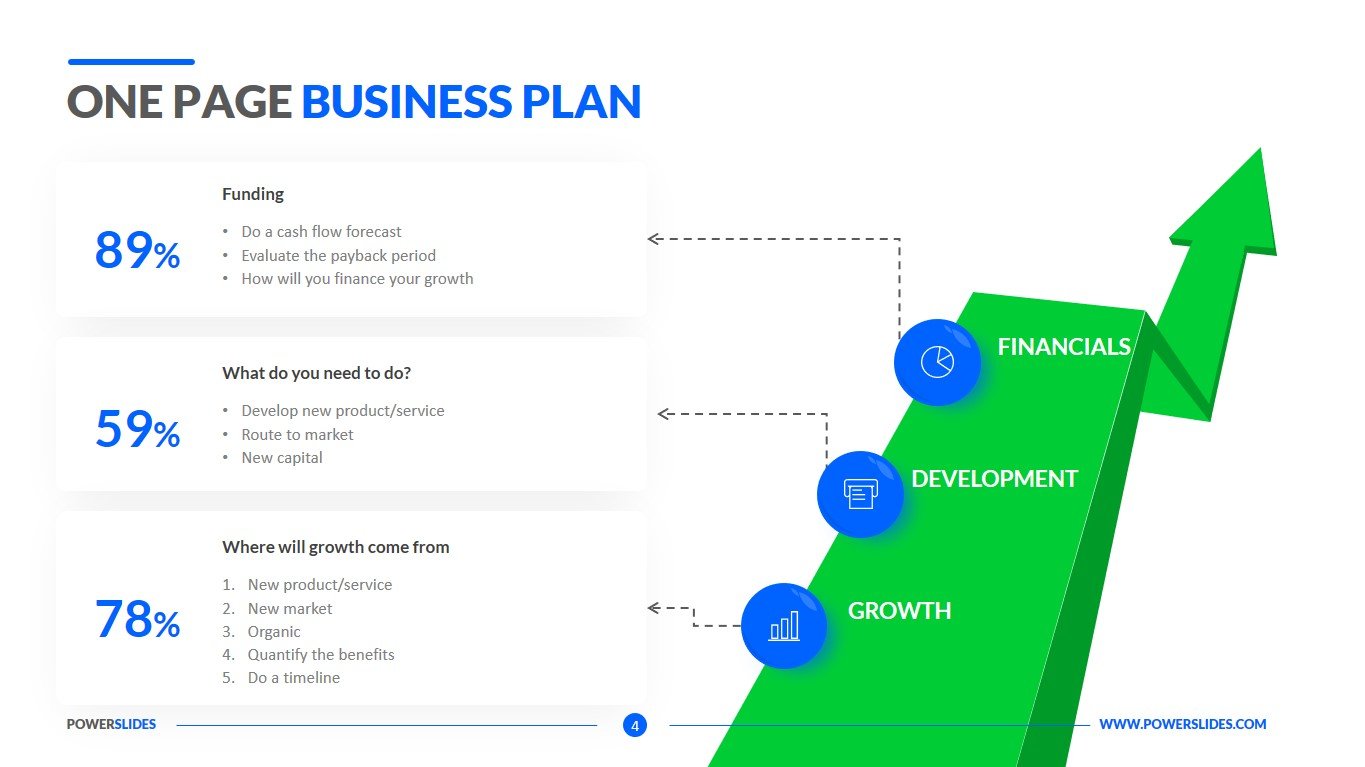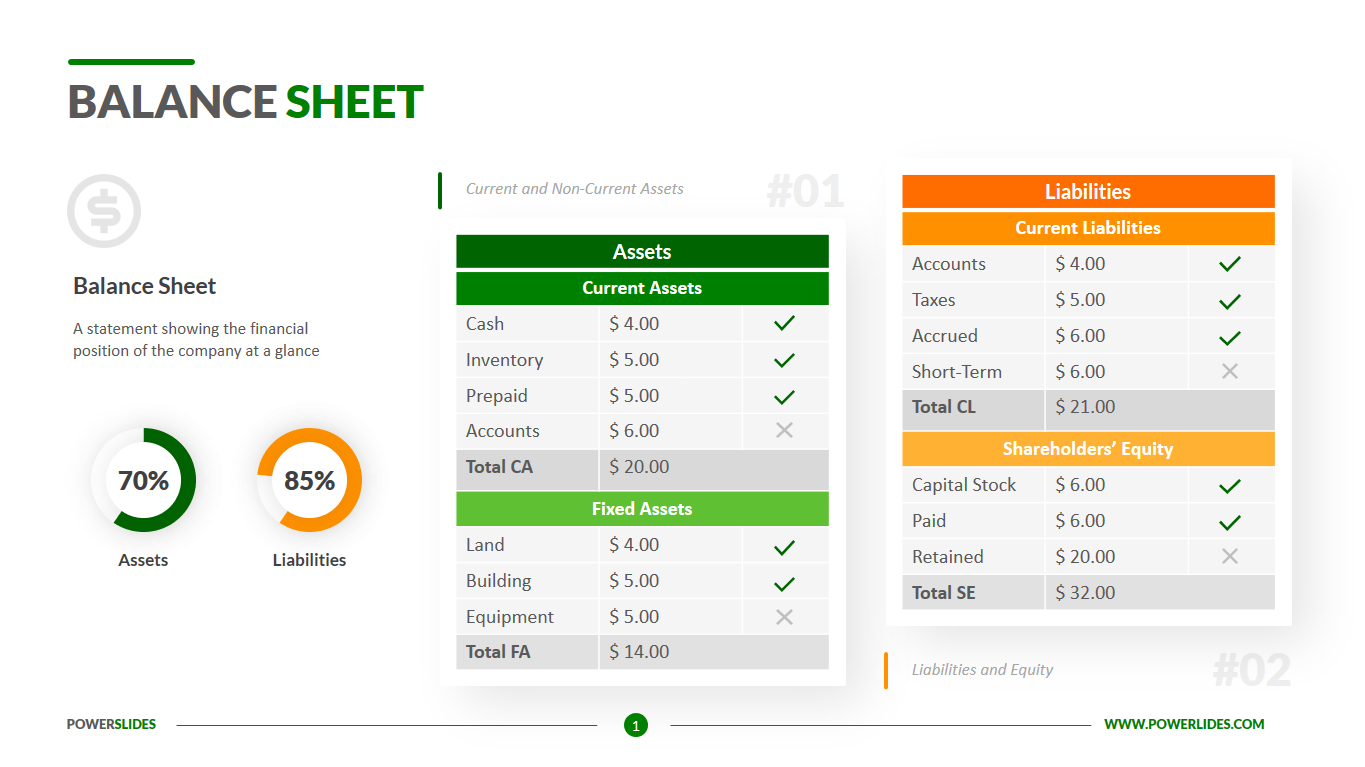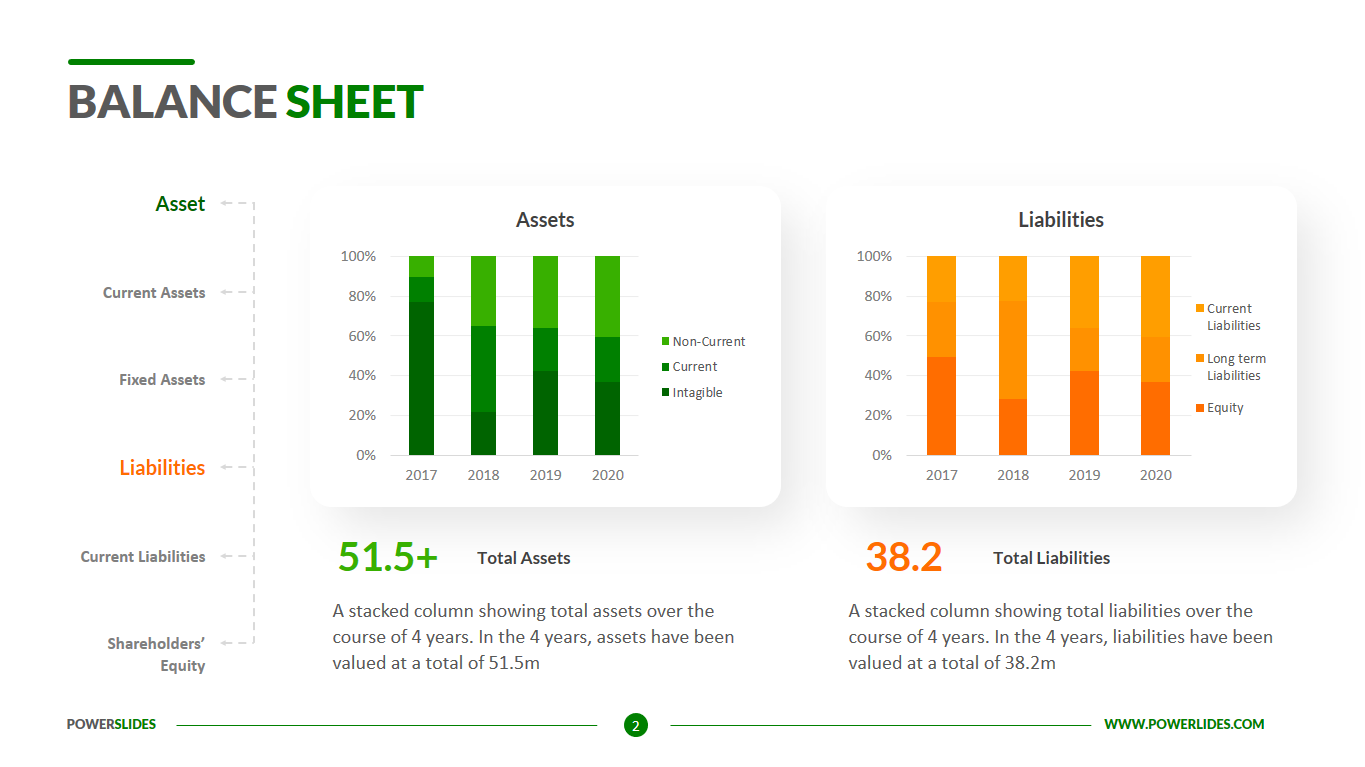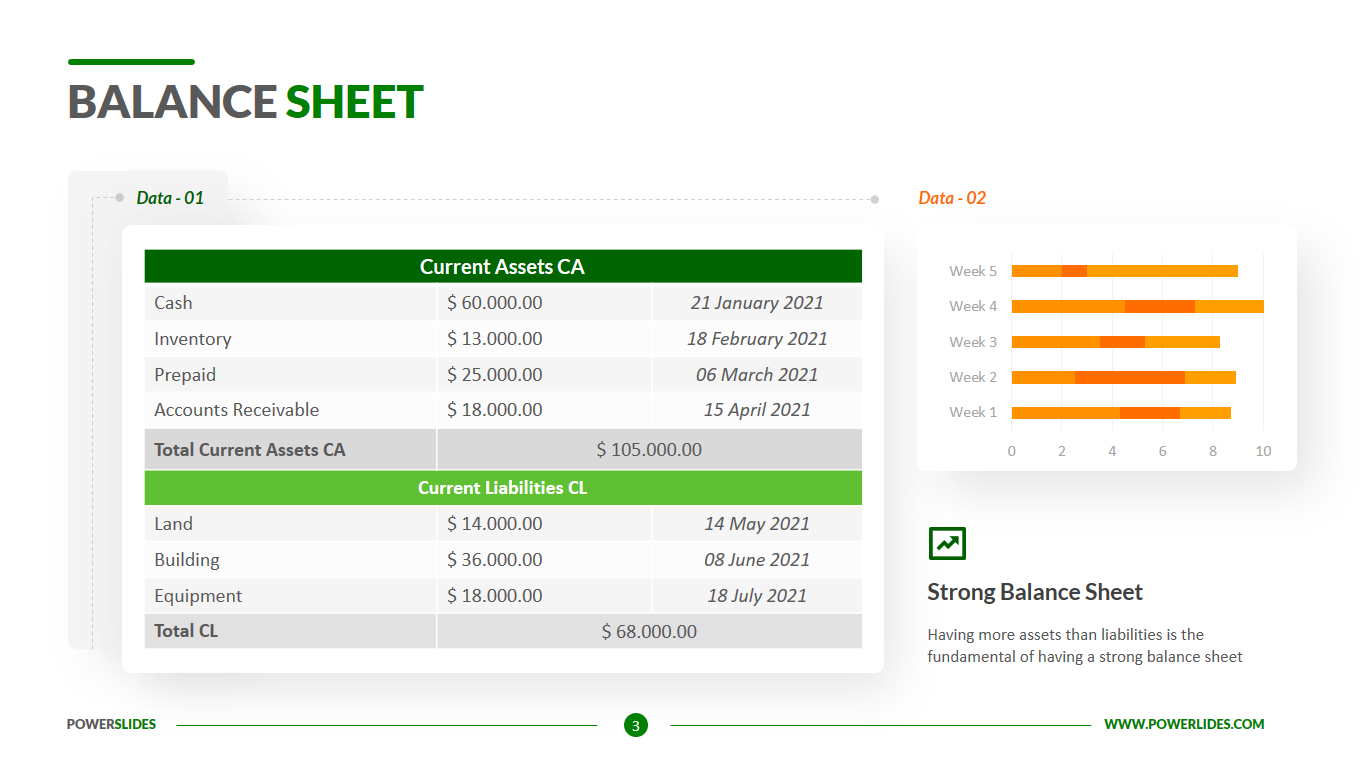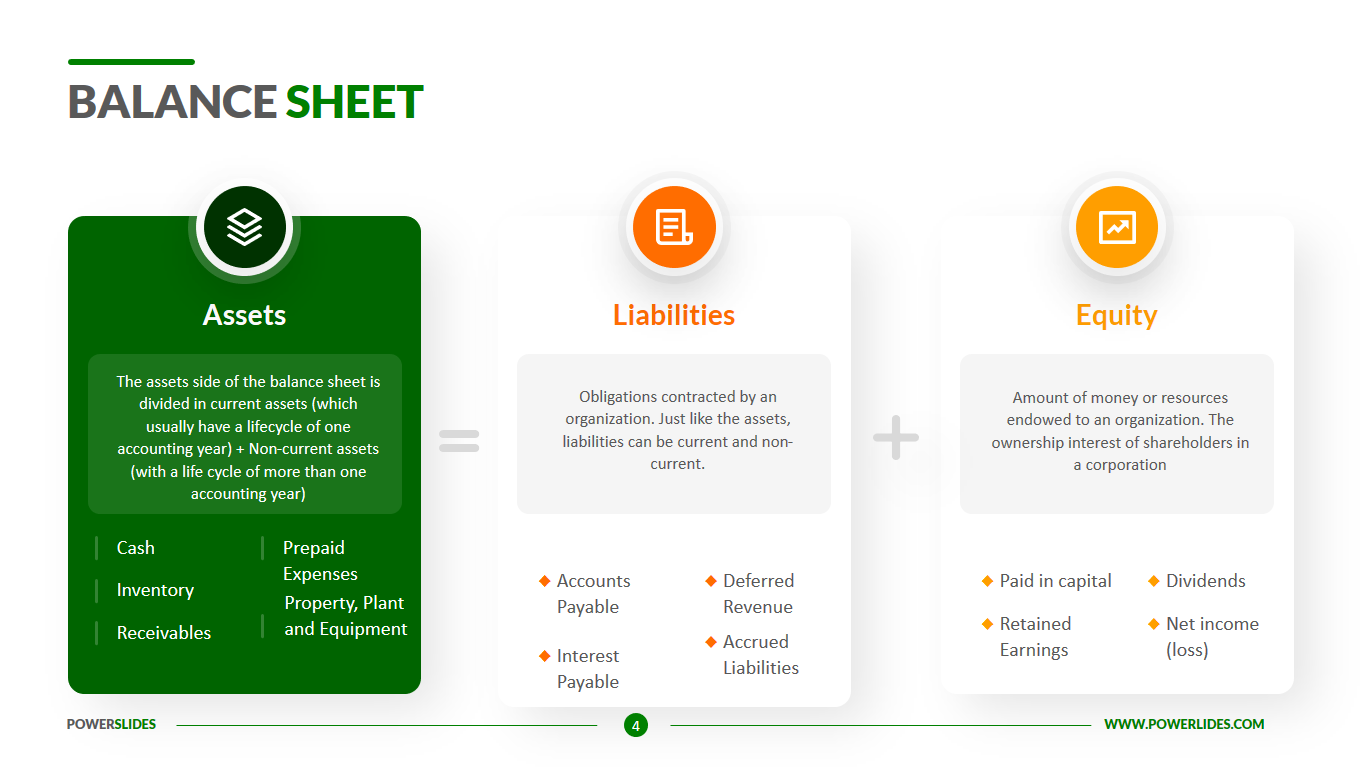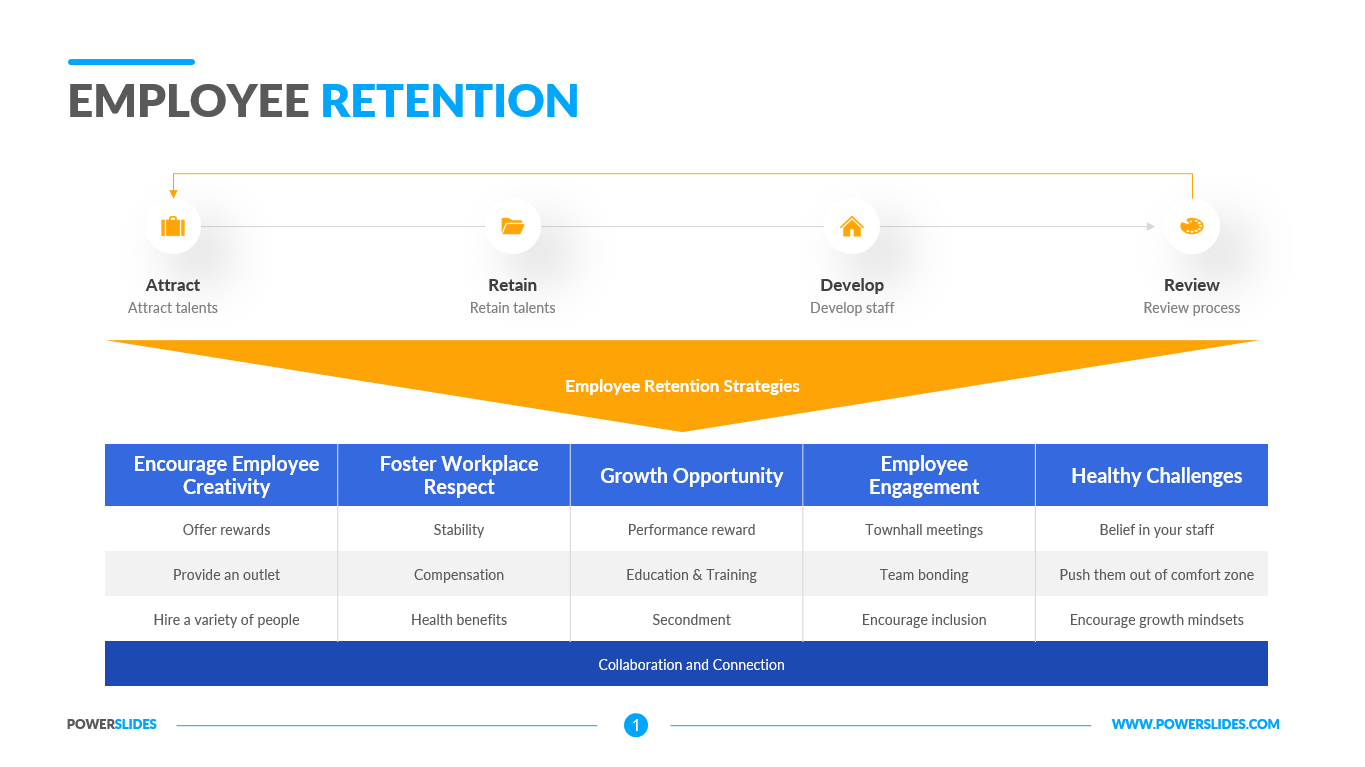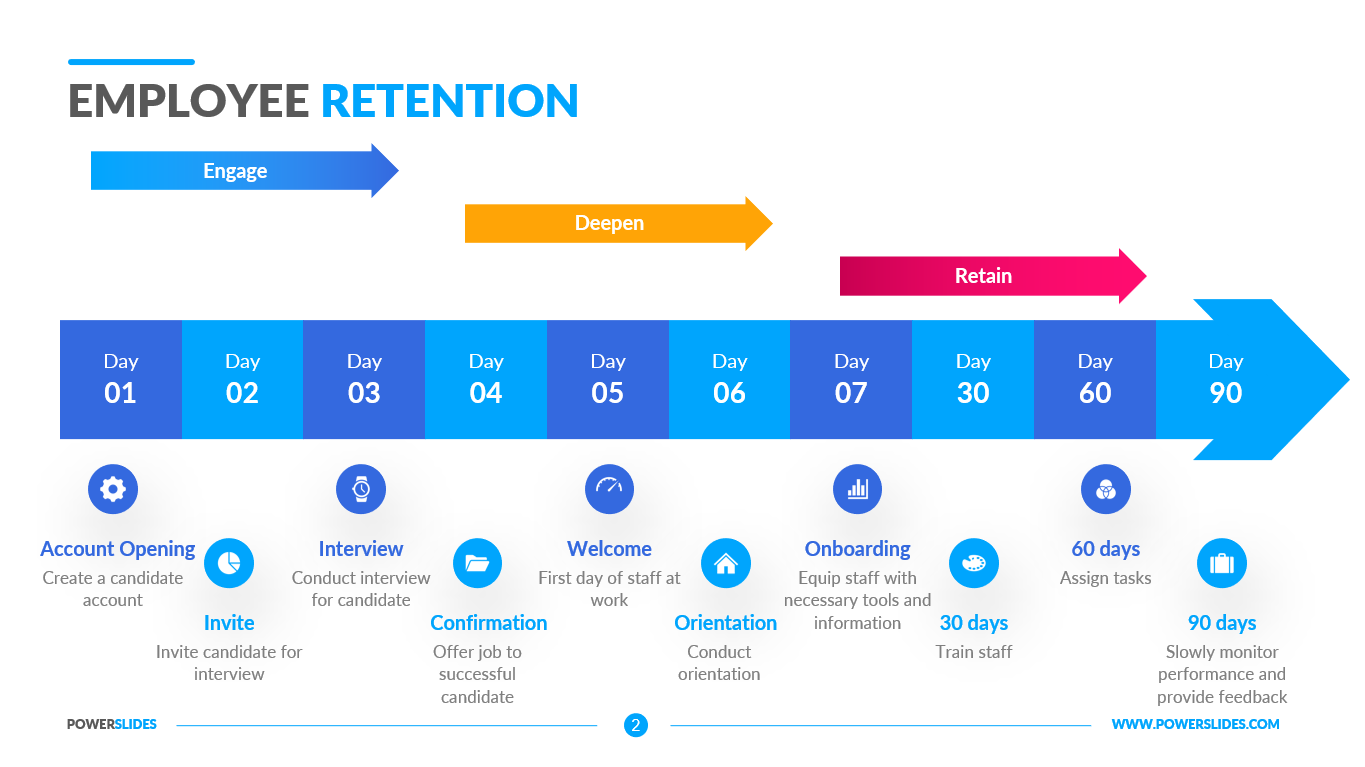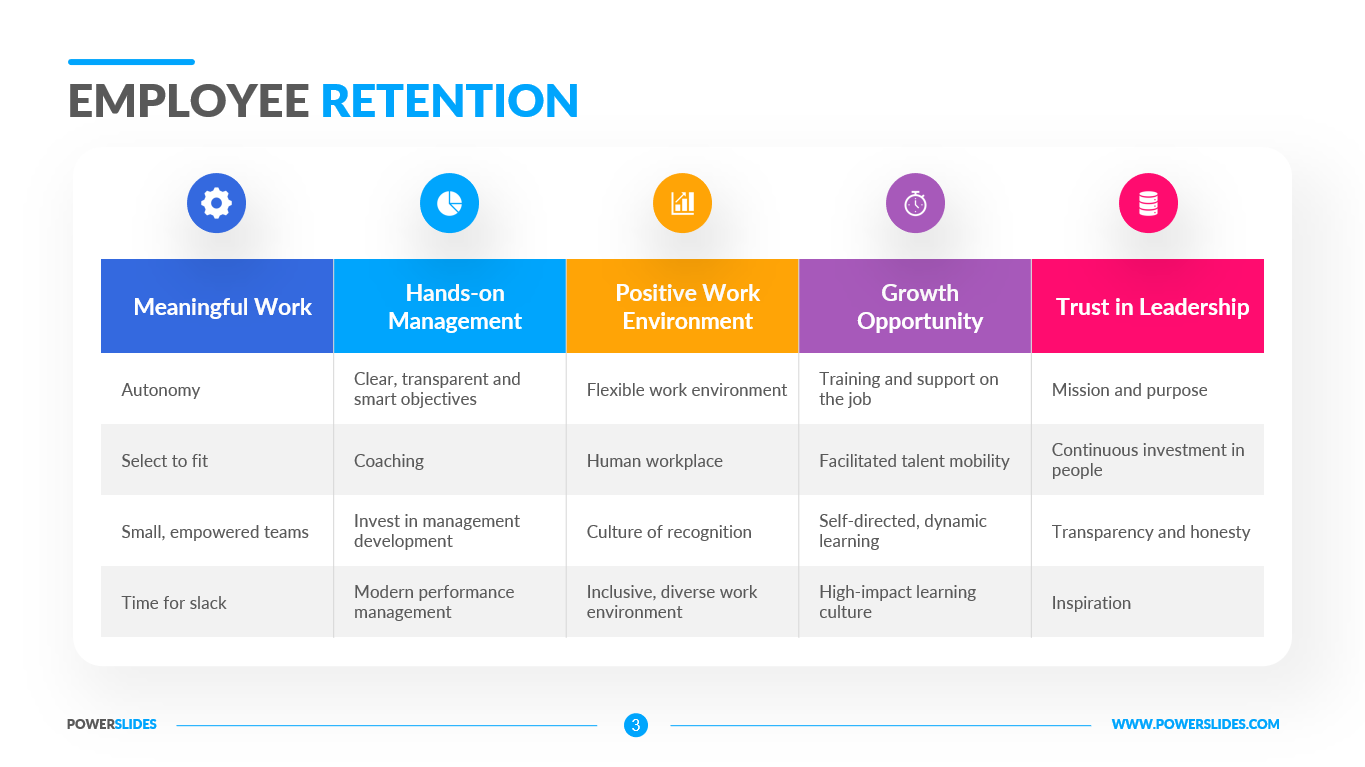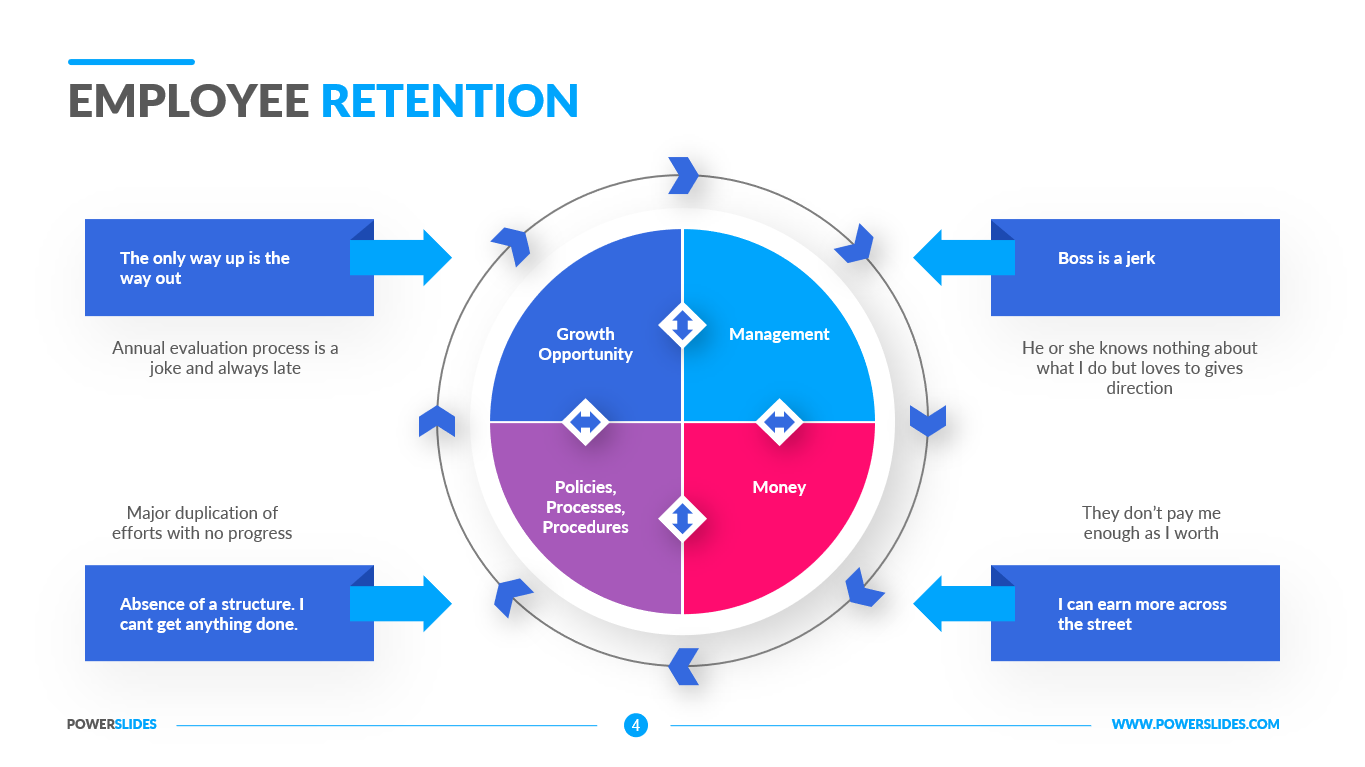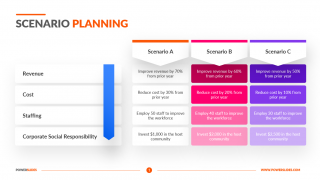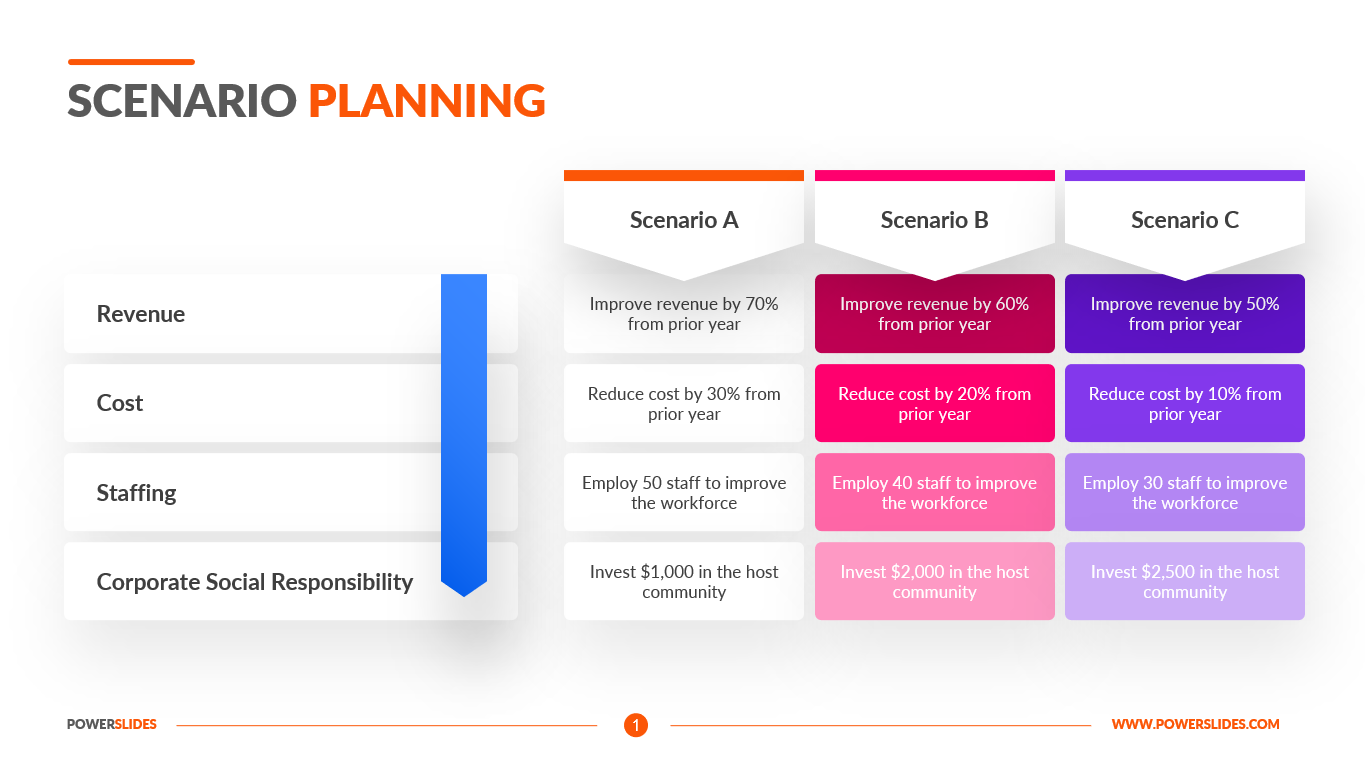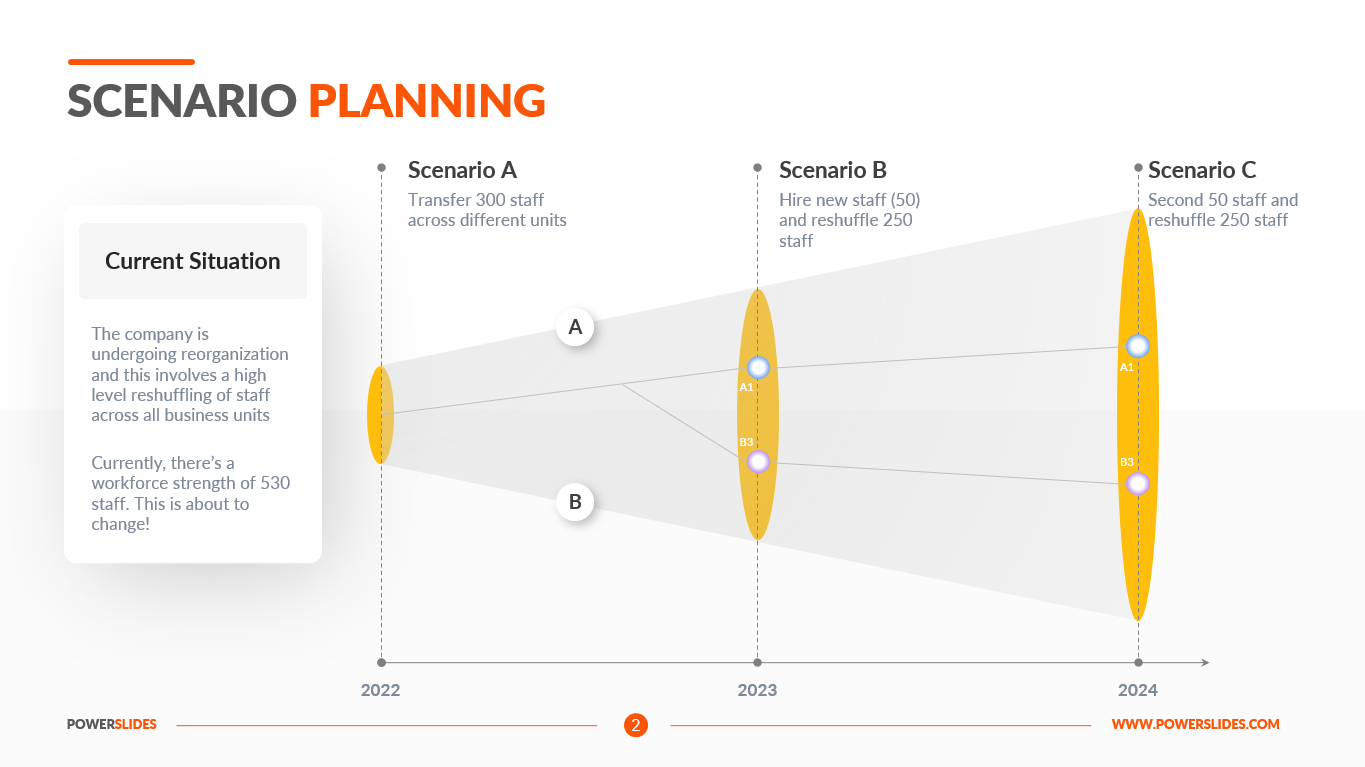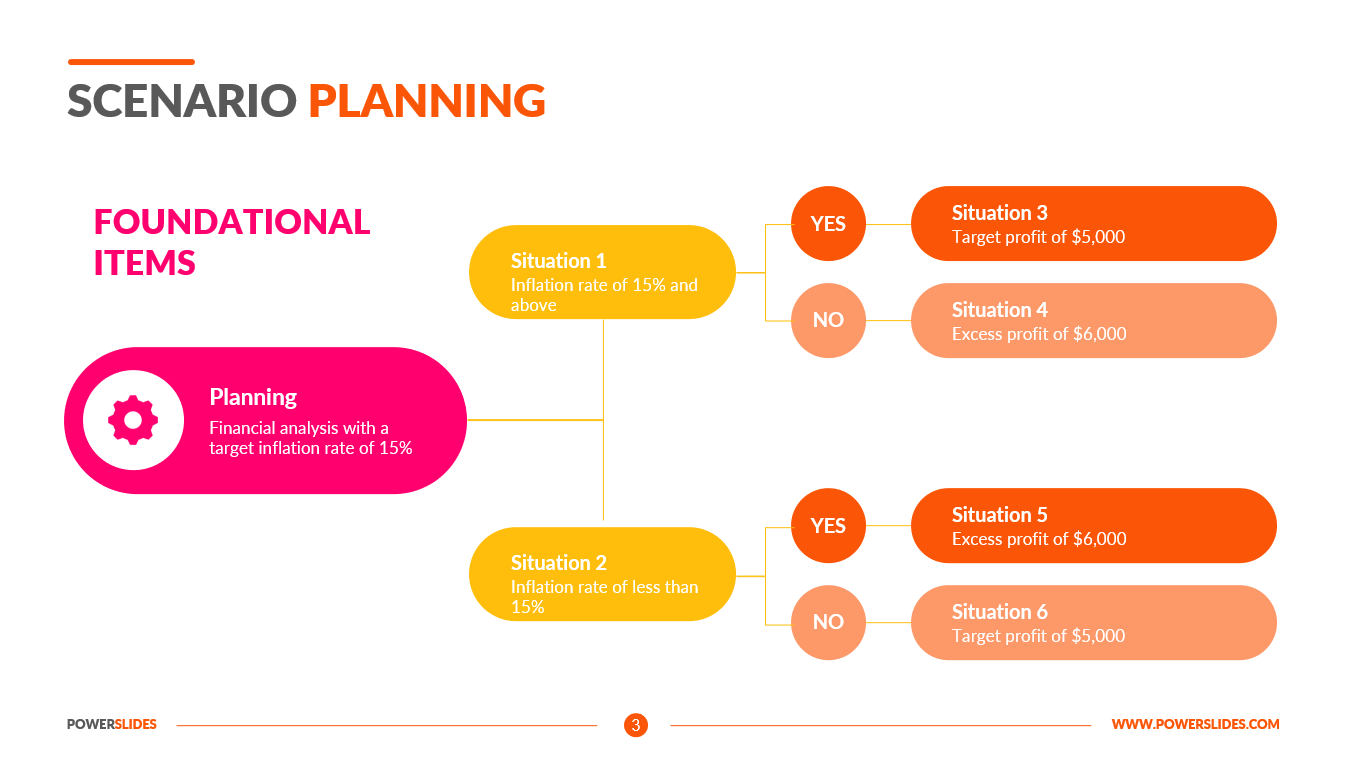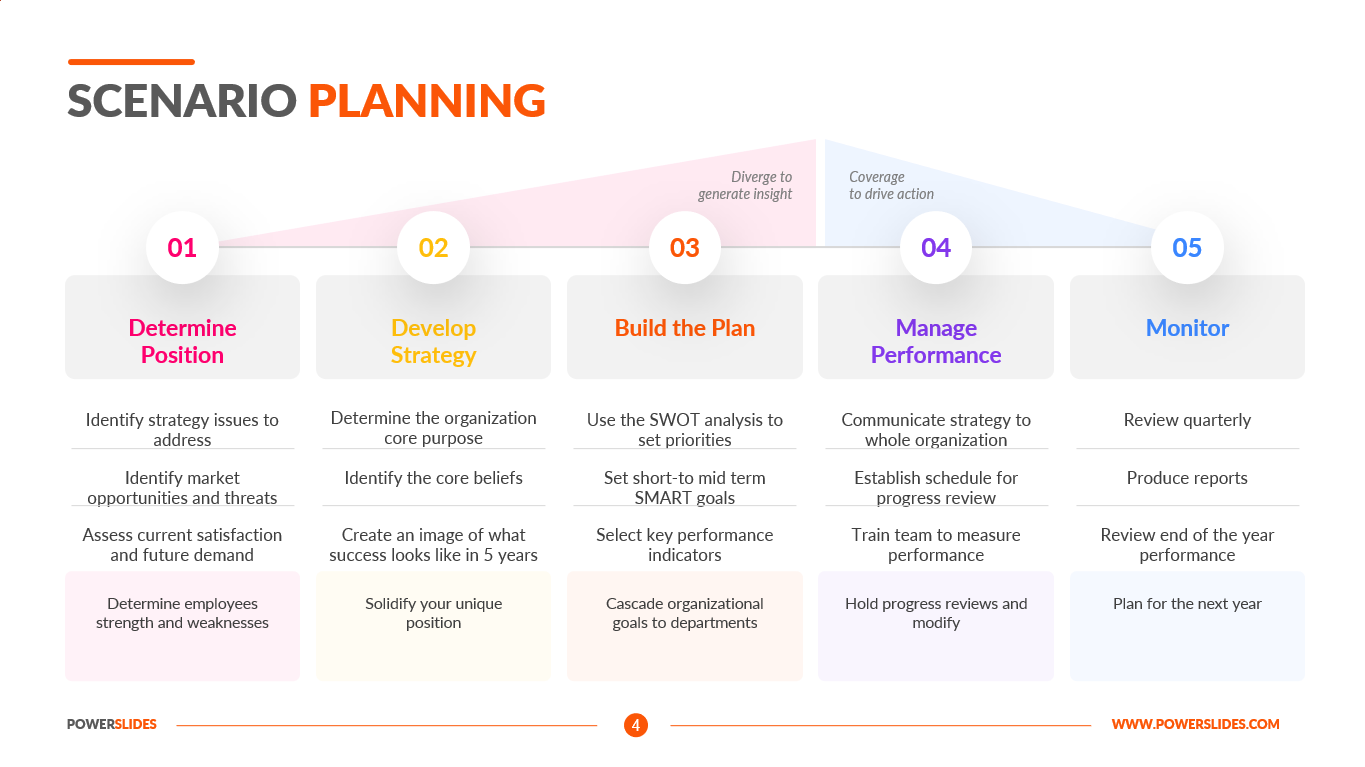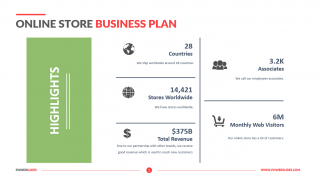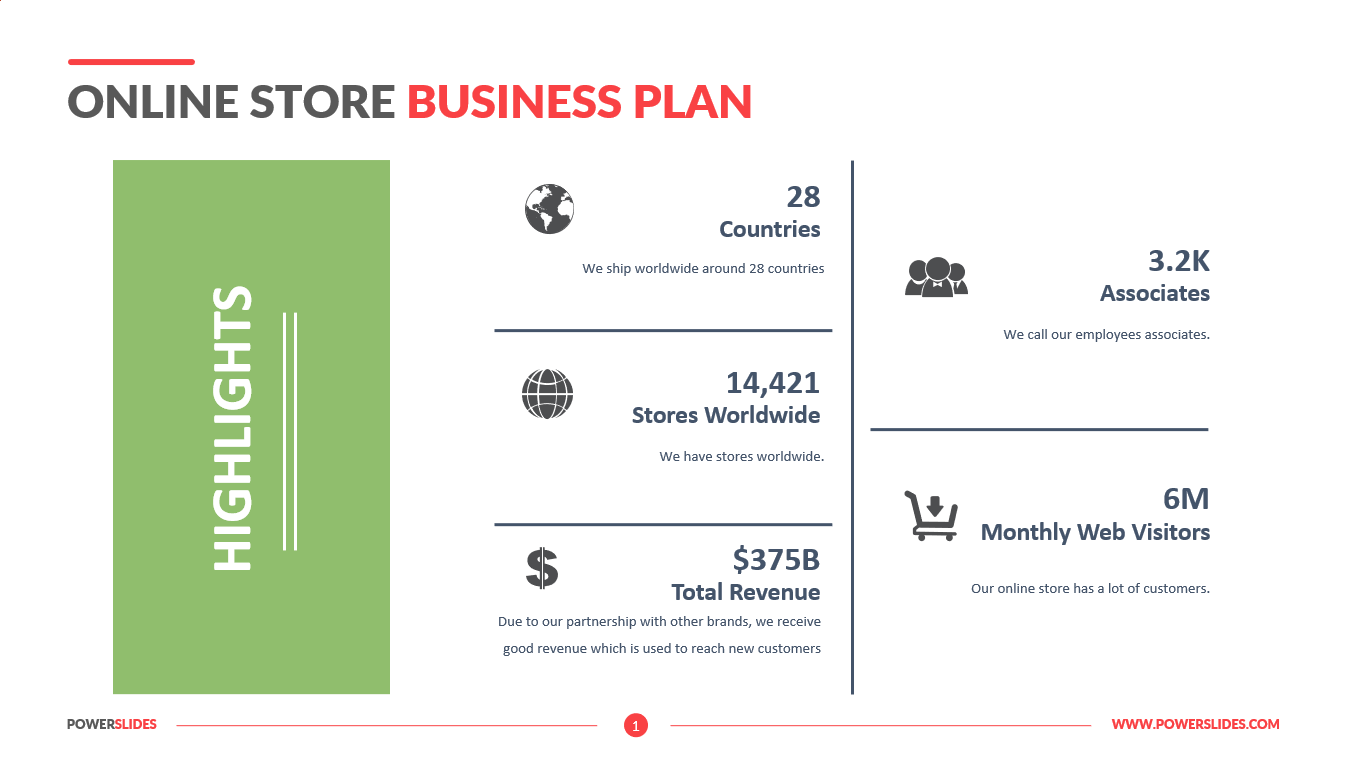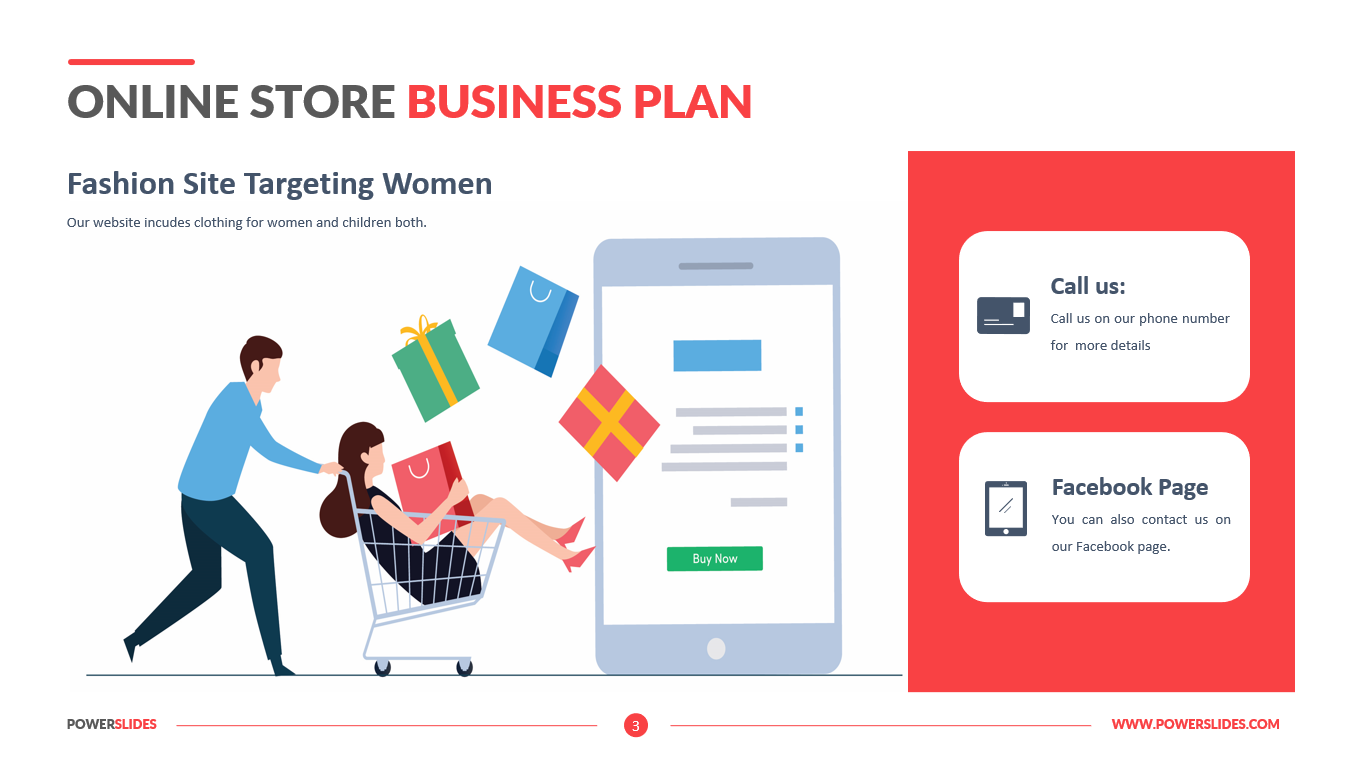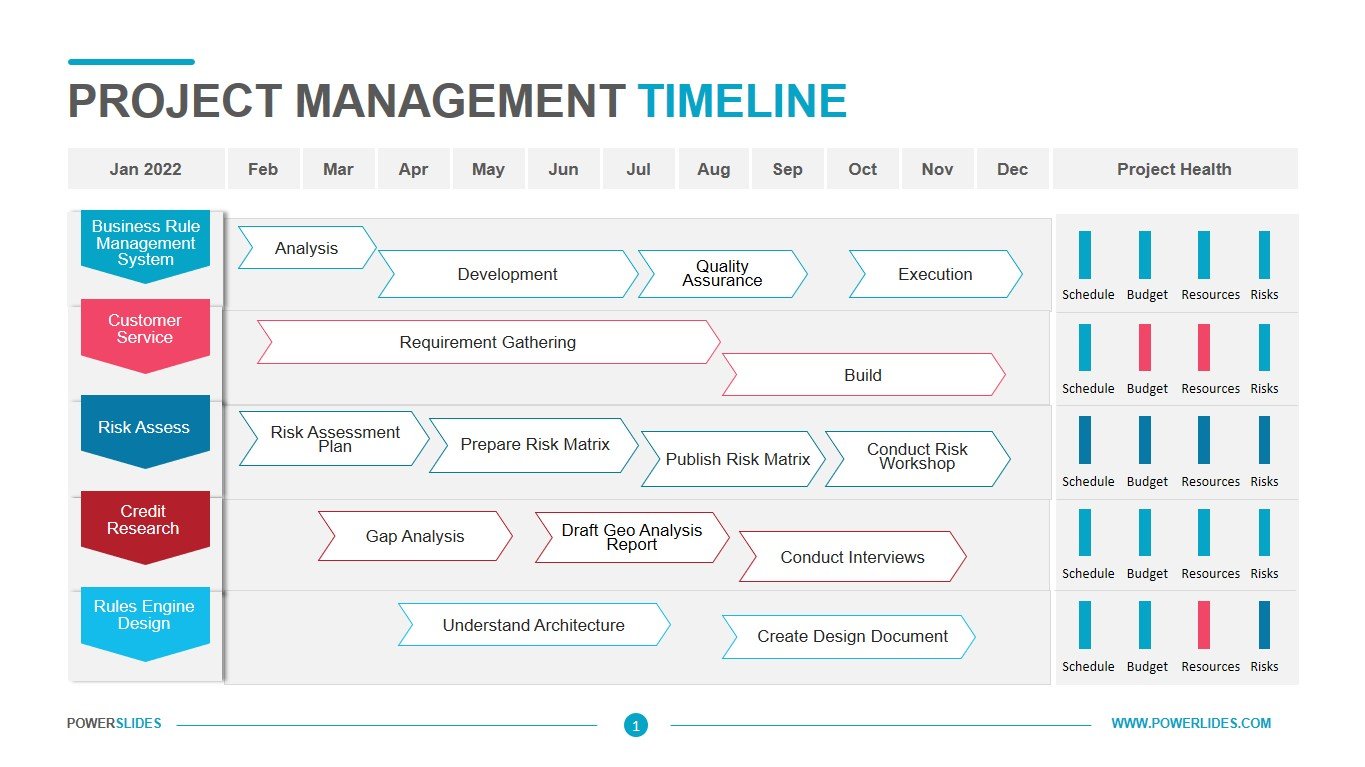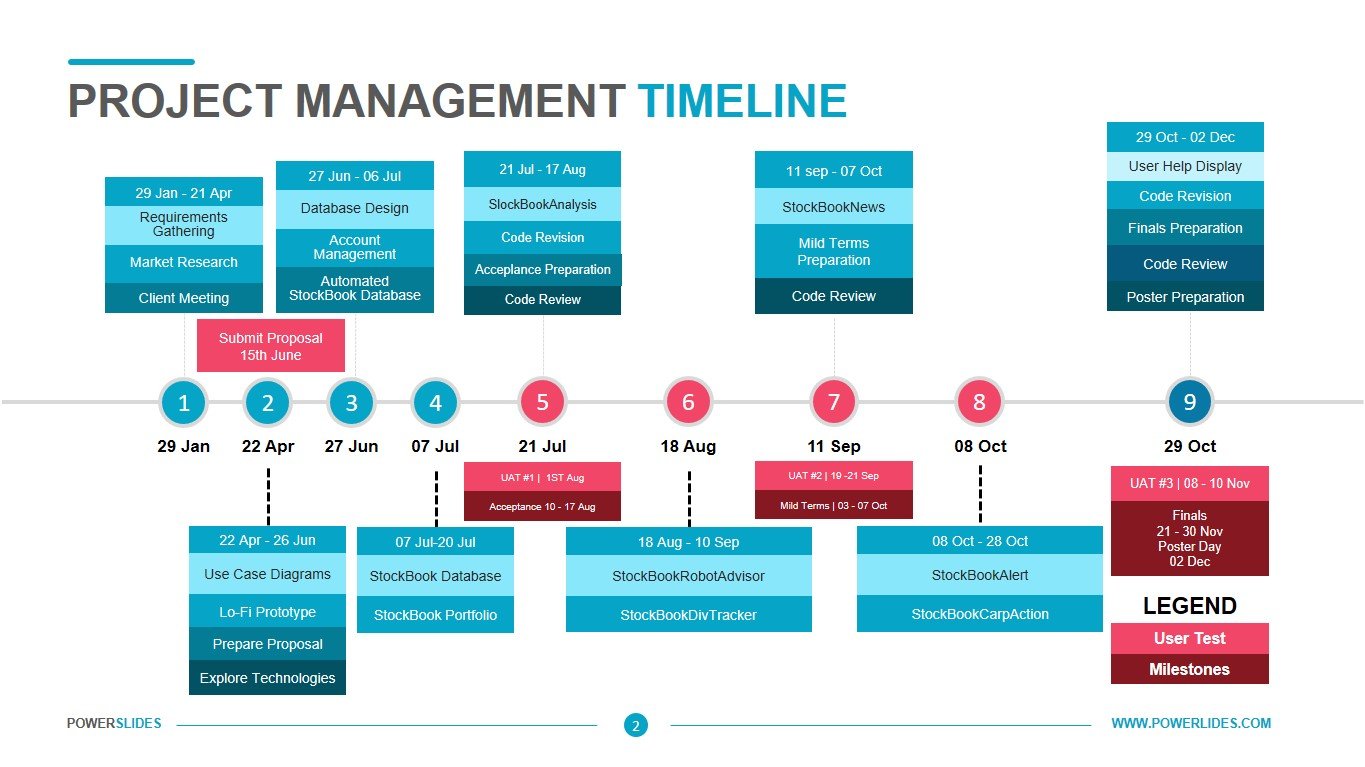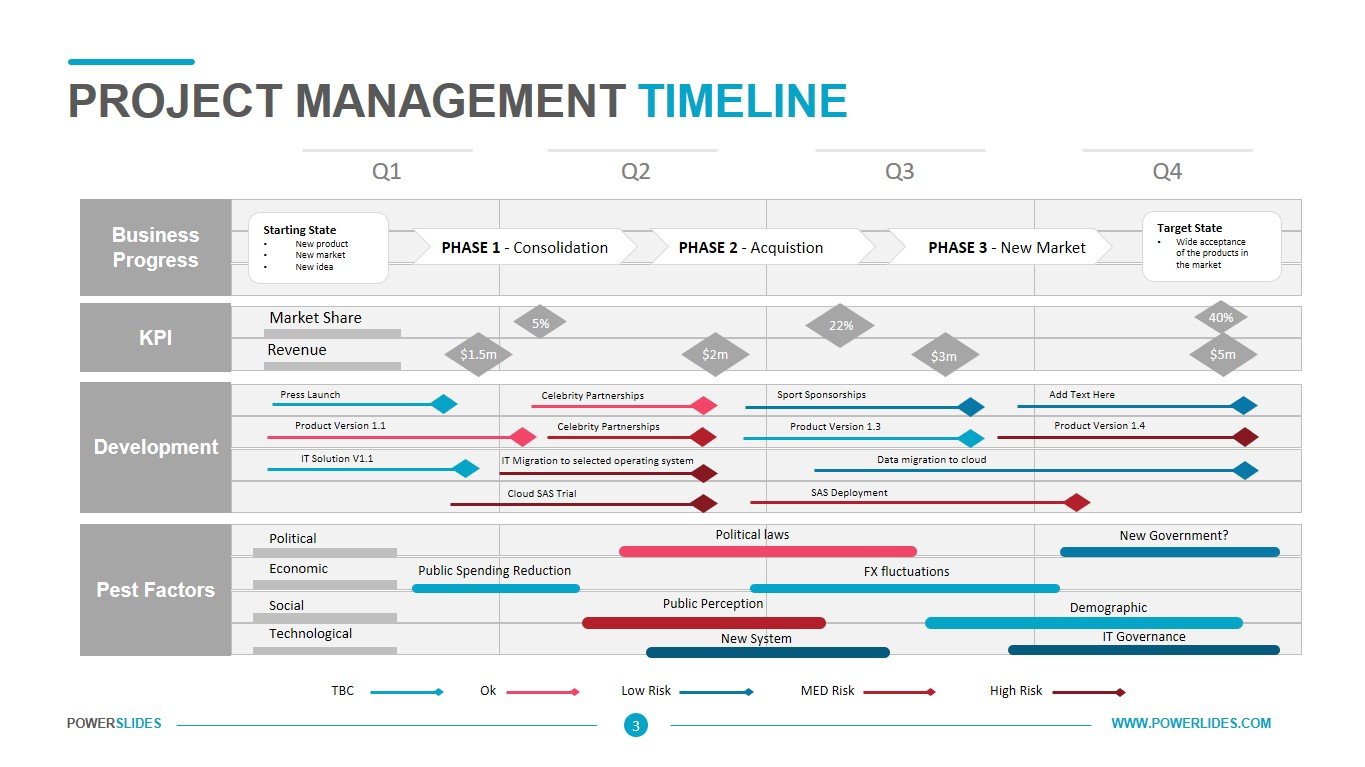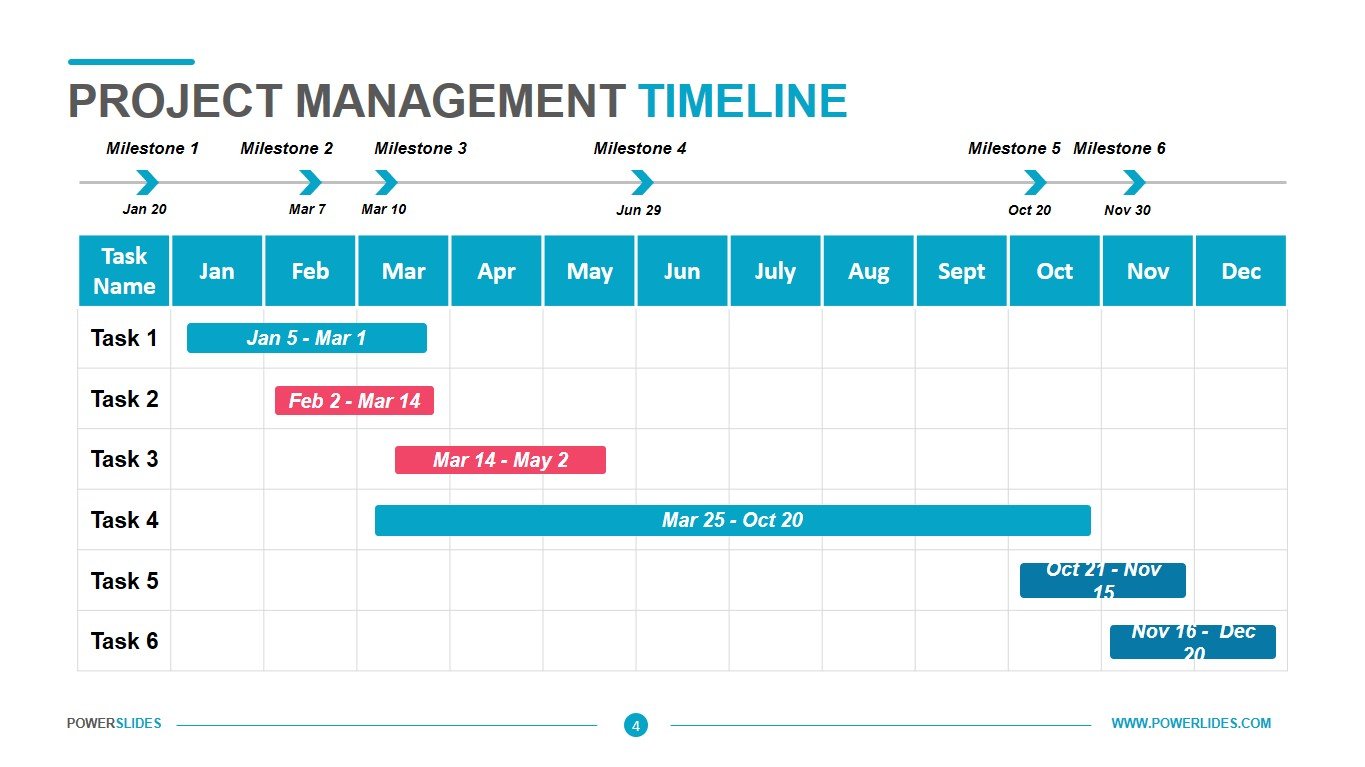Contingency Plan
 4 Slides
4 Slides
 File size: 16:9
File size: 16:9 
 Fonts: Lato Black, Calibri
Fonts: Lato Black, Calibri
 Supported version
PPT 2010, PPT 2013, PPT 2016
Supported version
PPT 2010, PPT 2013, PPT 2016
Product details
“Plan B” is just common vernacular for what is known as a contingency plan. In other words, a contingency plan is put in place in case the primary plan that you are executing does not unfold as expected. Contingency plans are used by smart managers who are aware that there are always risks that can sideline any project or business. Without having a contingency plan in place, the chances of completing a project successfully will drop considerably. If you are not working on a contingency plan when you are planning any enterprise, then you are opening yourself up to unnecessary risk. In most cases, a contingency plan is devised to respond to a negative event that can tarnish a company’s reputation or even financial livelihood. Contingency plans in business are not, by definition, always negative. There are positive contingency plans, such as what to do if the organization receives an unexpected sum of money or another resource. The contingency plan is a proactive strategy, different from a crisis management plan, which is more of a reaction to something that happened. A contingency plan is set up to account for those disruptive events, so you are prepared if and when they arrive. Like any good plan, there are steps to take to make sure you are doing it right. Research your company and list its crucial resources, such as teams, tools, facilities, etc., then prioritize that list from most important to least important. Figure out where you are vulnerable by meeting with teams, executives and every other department in the organization to get a full picture of what events could compromise your resources. If you can, write a contingency plan for each risk that you identified in the above steps. But start with what is most critical to the life of your organization. When you have written the contingency plan and it is been approved, the next step is to make sure everyone in the organization has a copy. A contingency plan is not effective if it has not been properly communicated. The plan must be revisited, revised and maintained to reflect changes to the organization. As new employees, technologies and resources enter the picture, the contingency plan must be updated to handle them.
The first slide of the Contingency Plan template gives you the opportunity to present your plan for seven different scenarios. You can also specify a plan of action for each scenario in the first hours or weeks. This slide can be used by government agencies that deal with the consequences of various emergencies. Also, the slides of this template can be used by health professionals when preparing work instructions. The last slide contains a lot of infographics. By using infographics, you can significantly reduce the amount of text information and not overwhelm your audience with large amounts of data. The slides in this template will be helpful to department leaders in preparation for the strategy session. Also, startups can use this template when preparing a plan for various scenarios when launching a new product to the market. Team leaders and product owners can use these slides in preparation for their weekly sprints.






